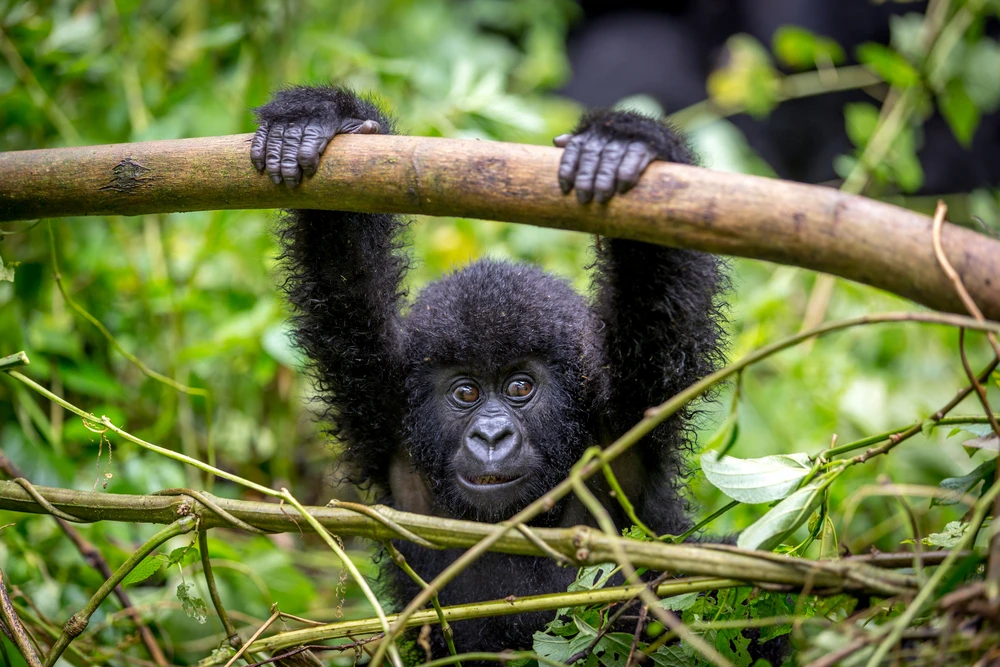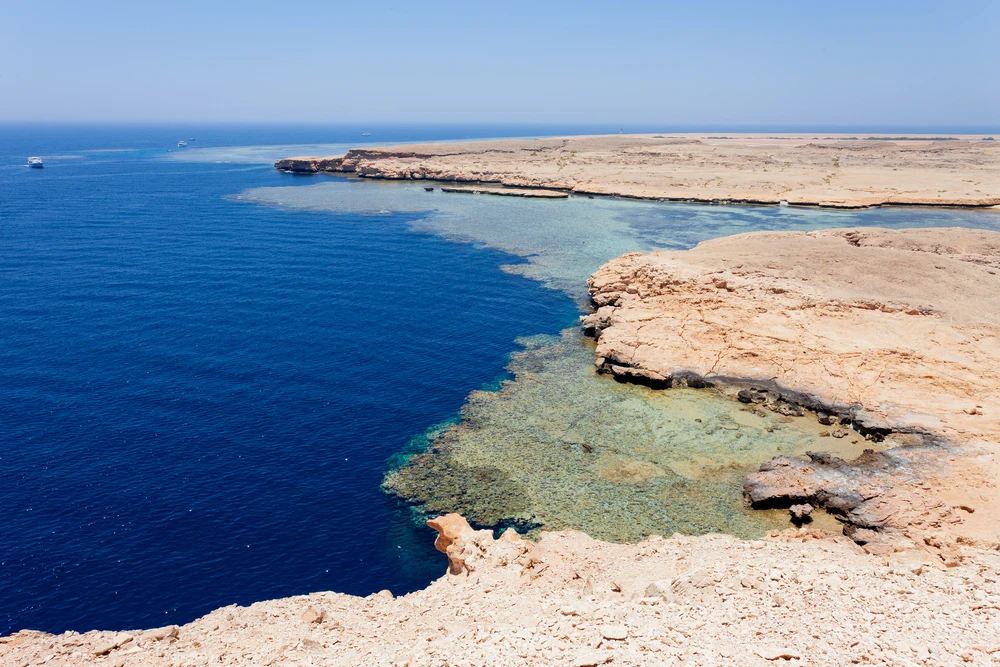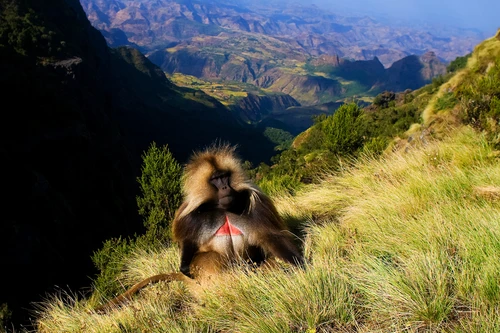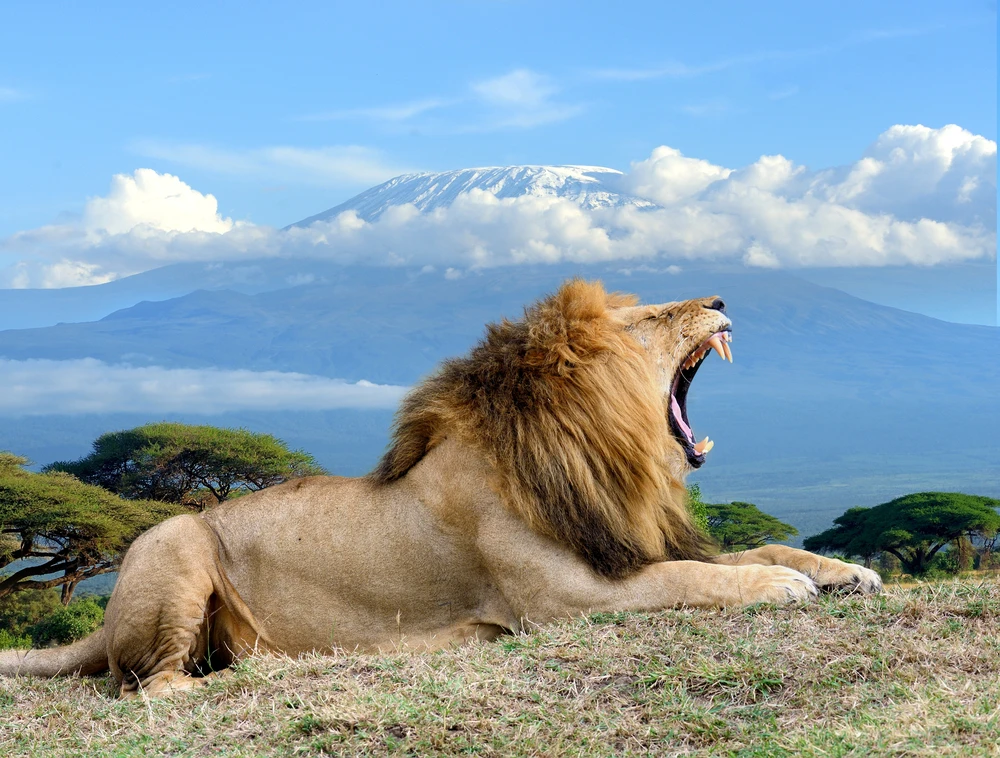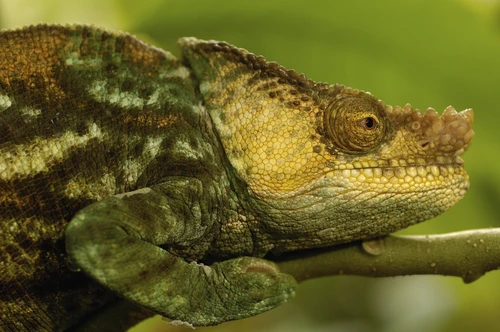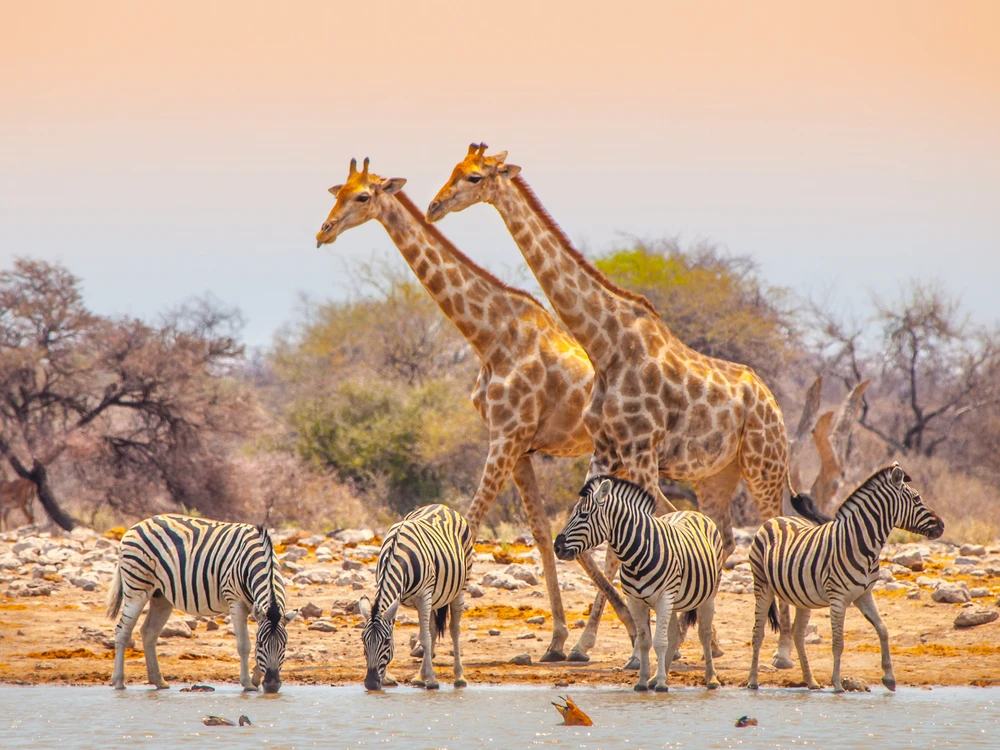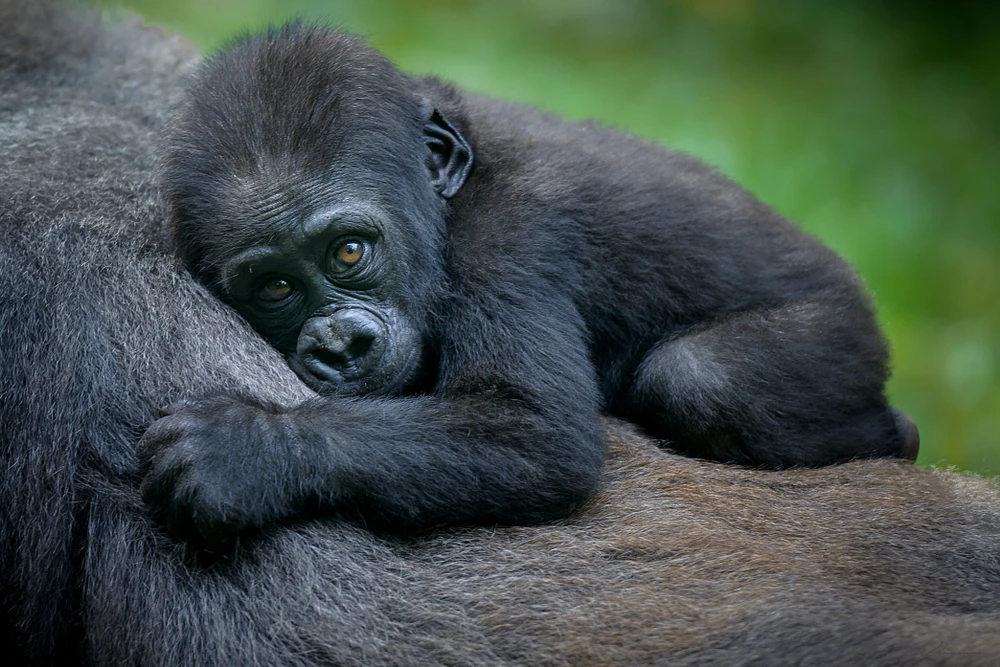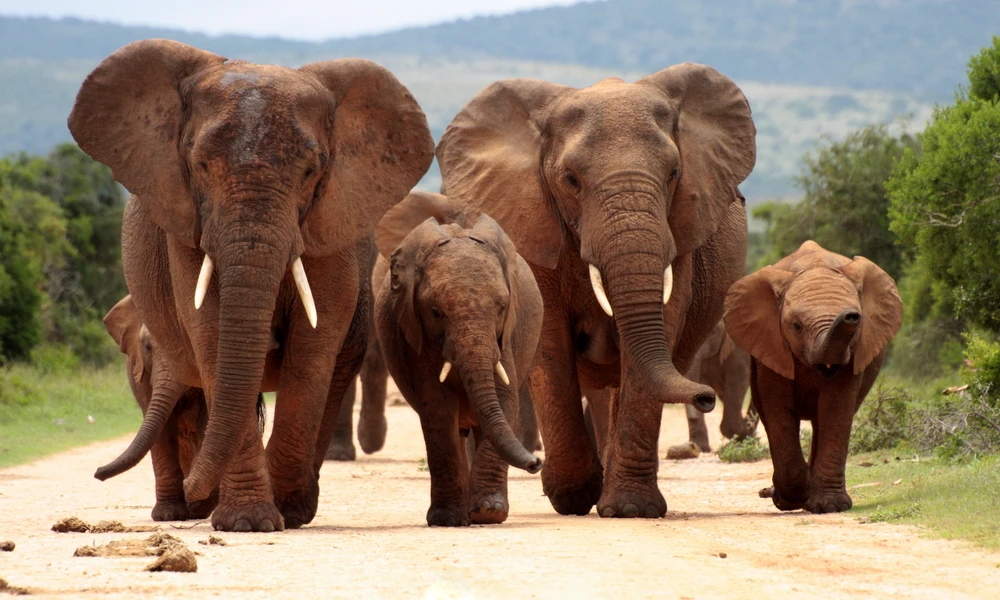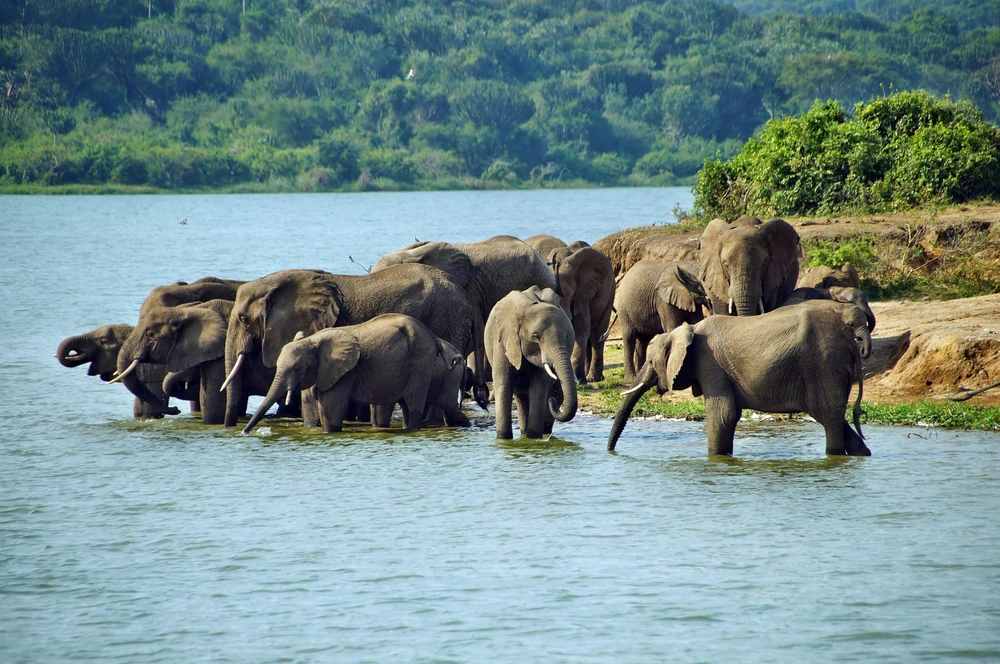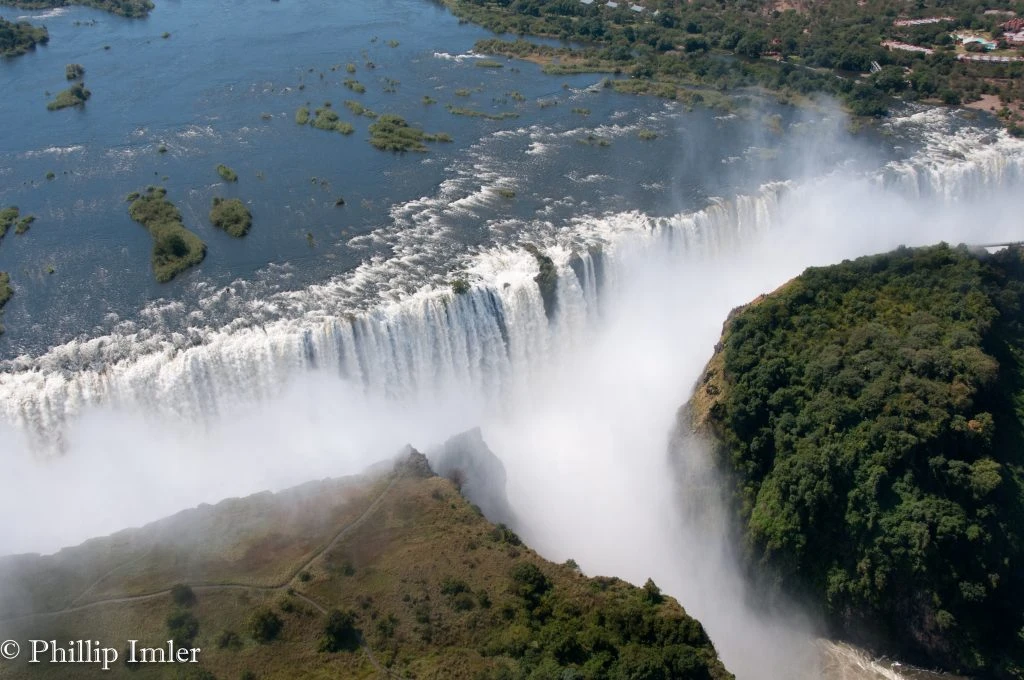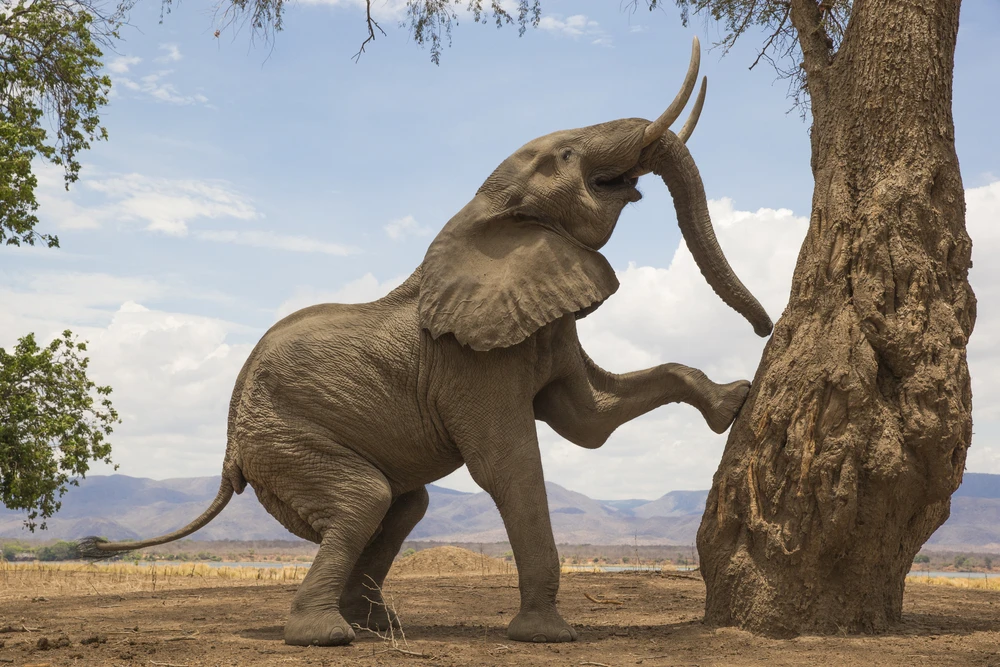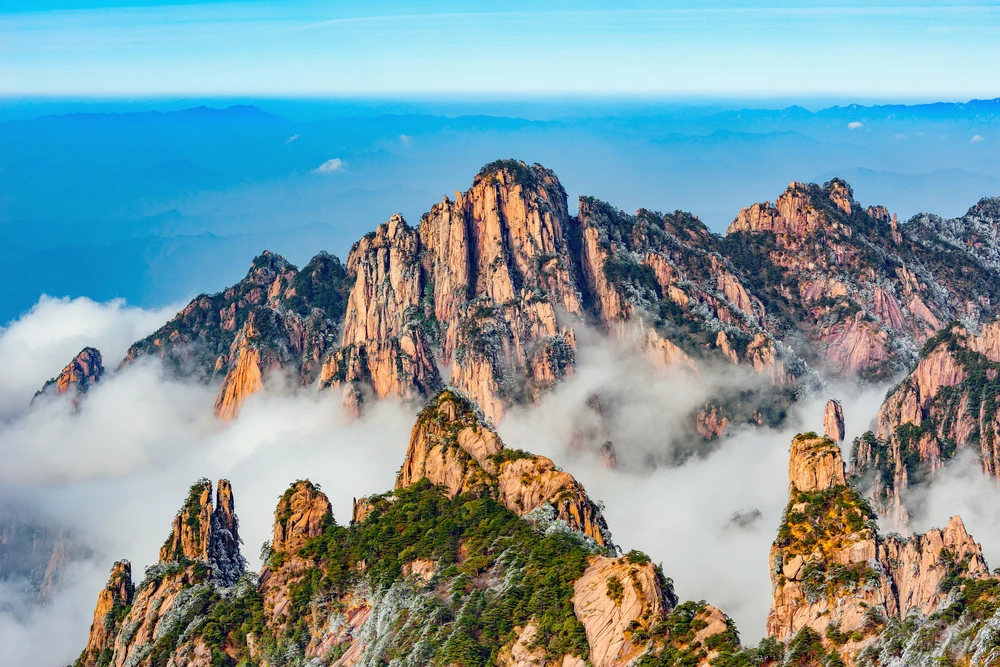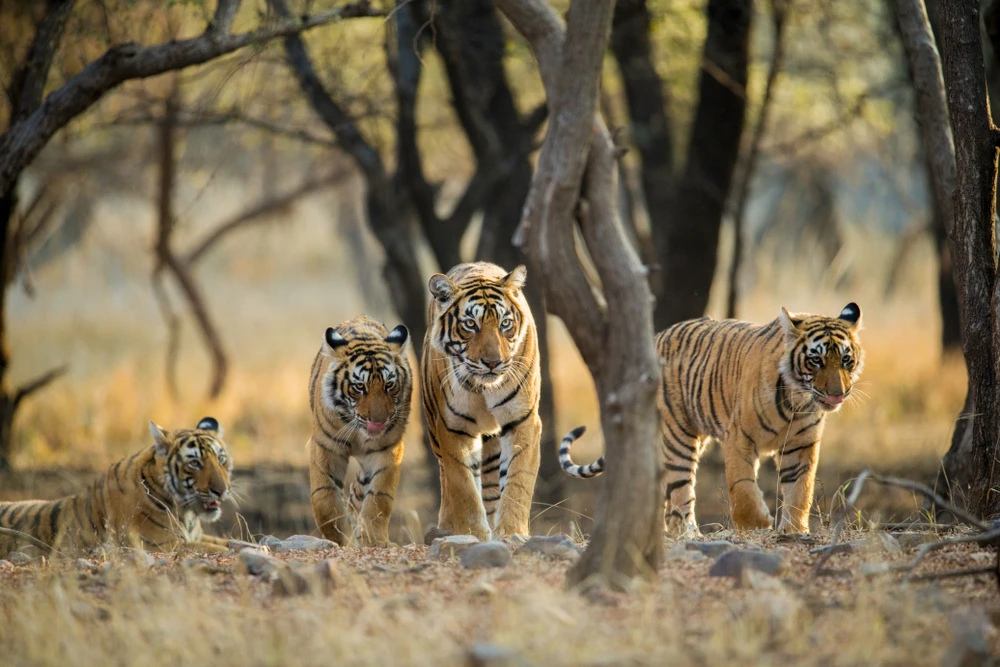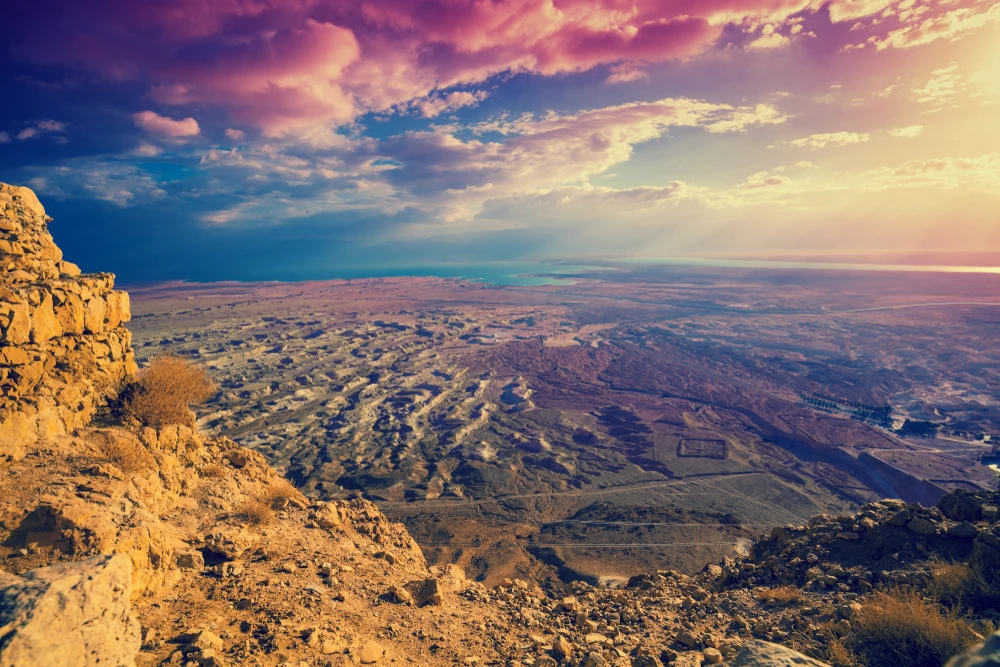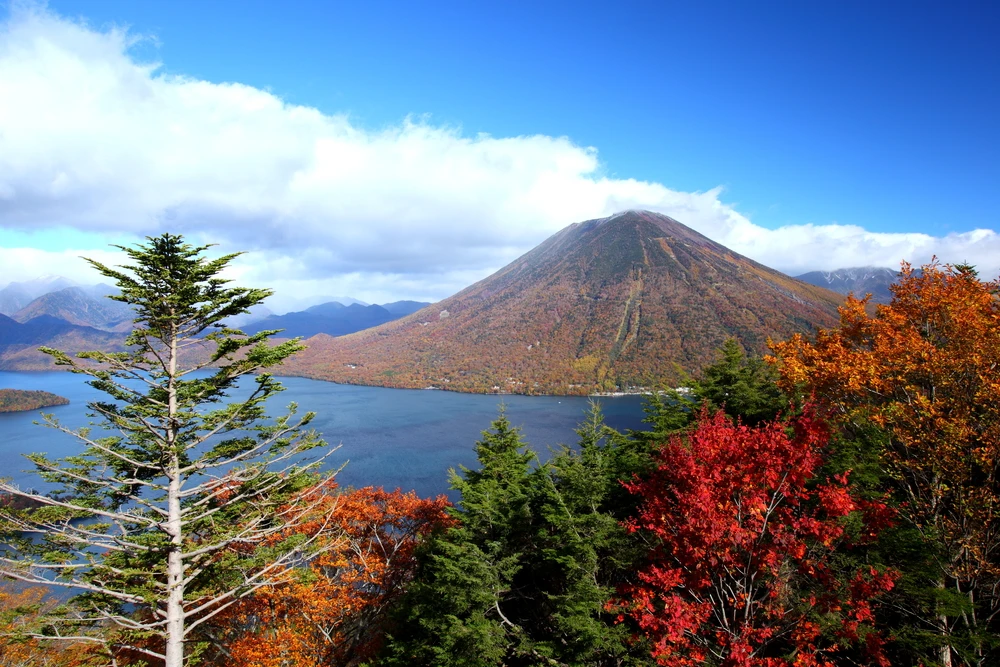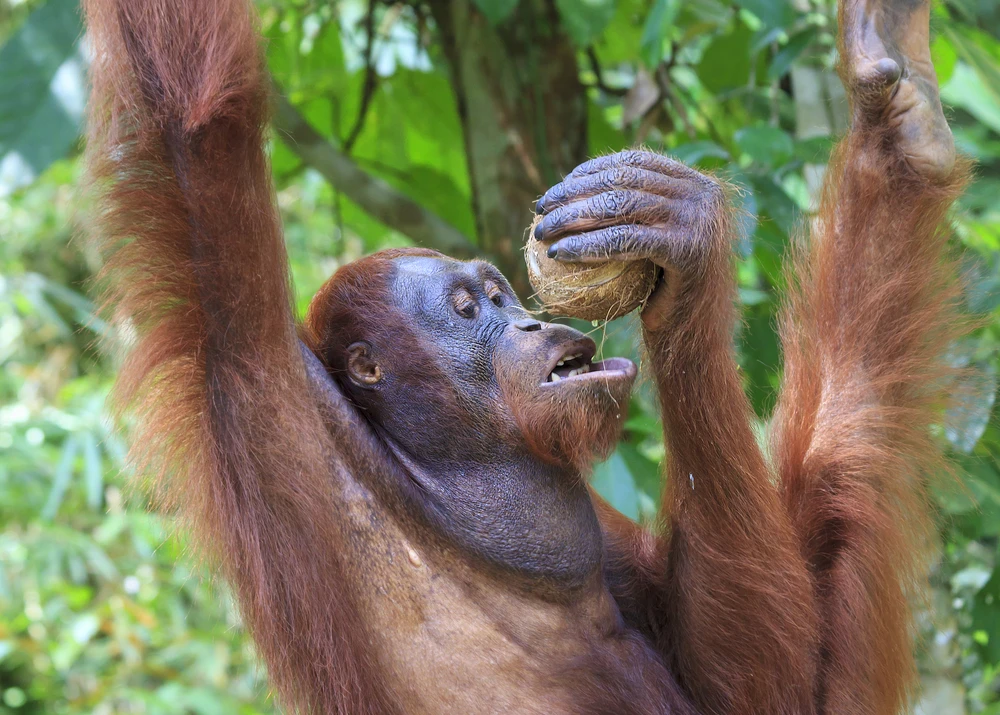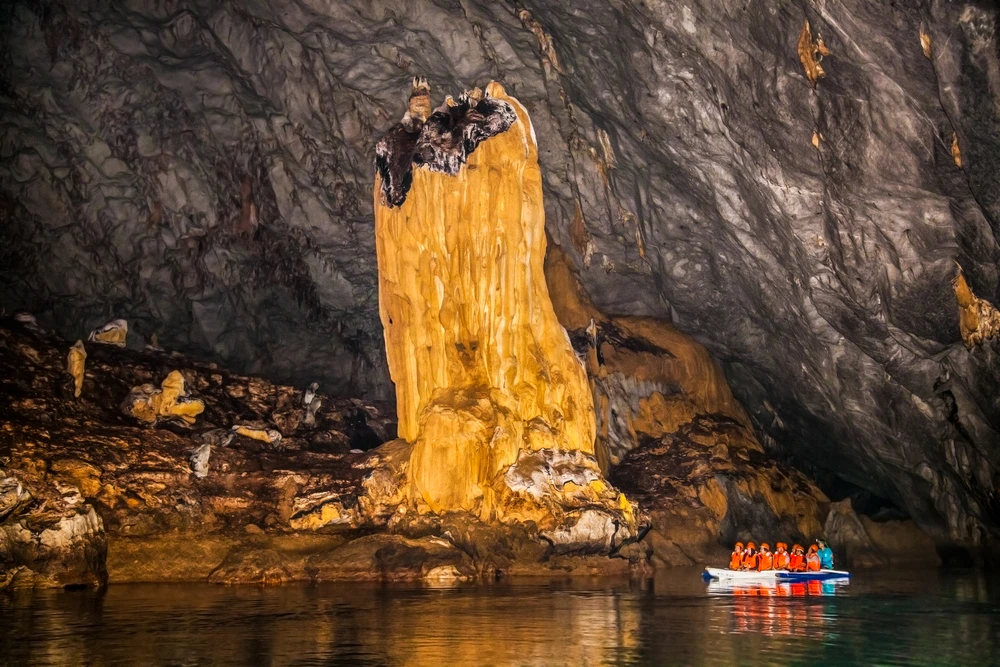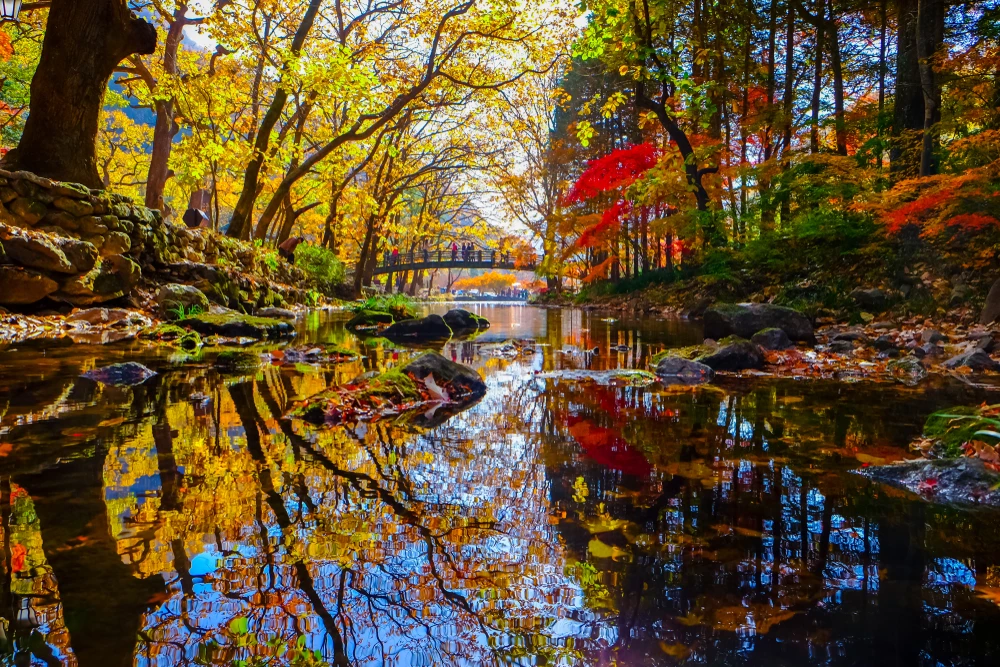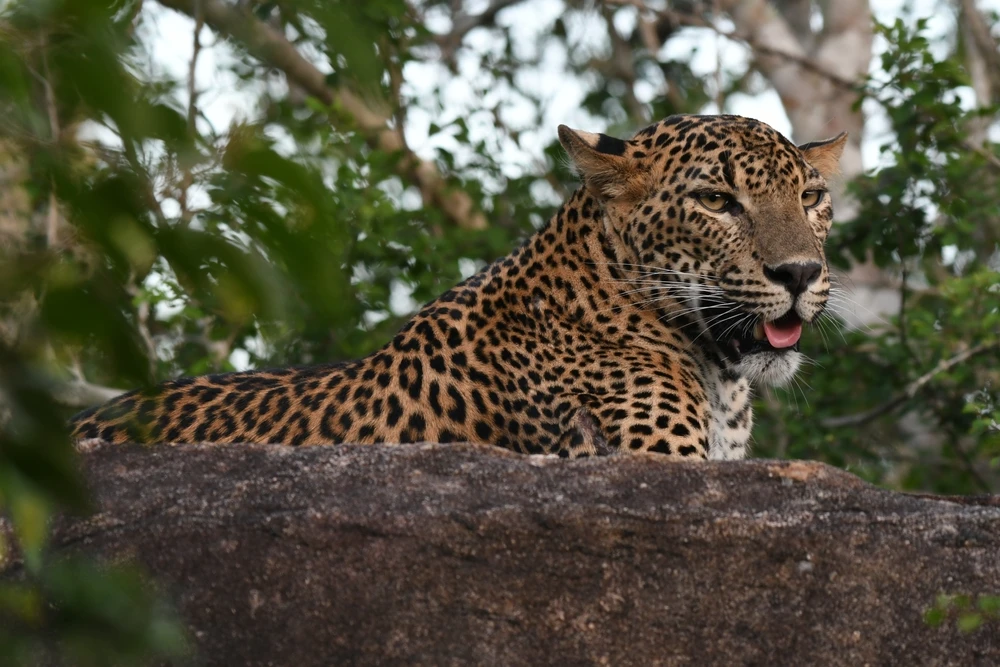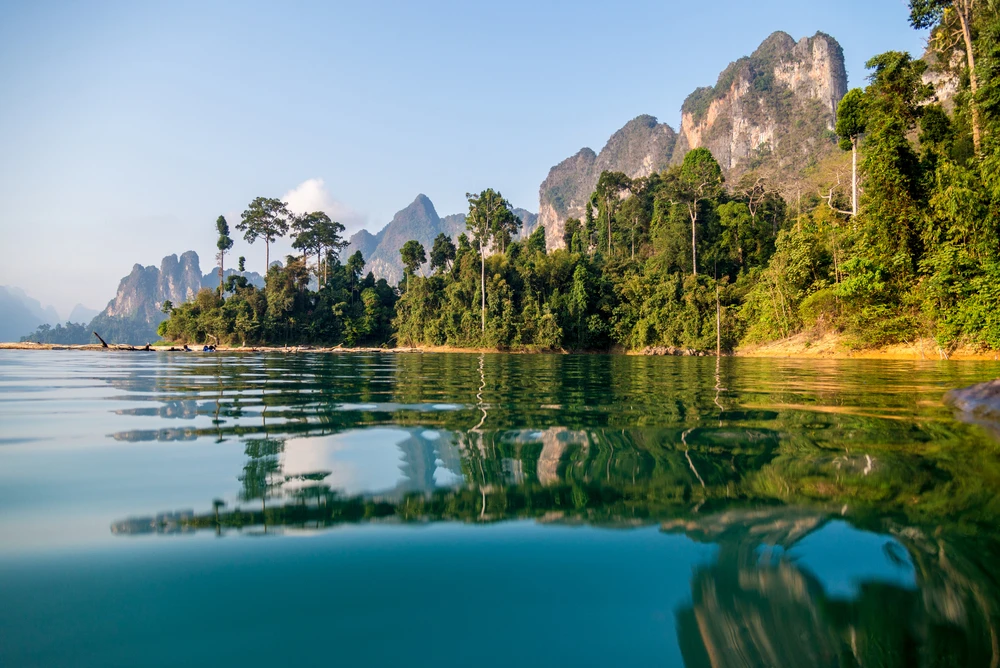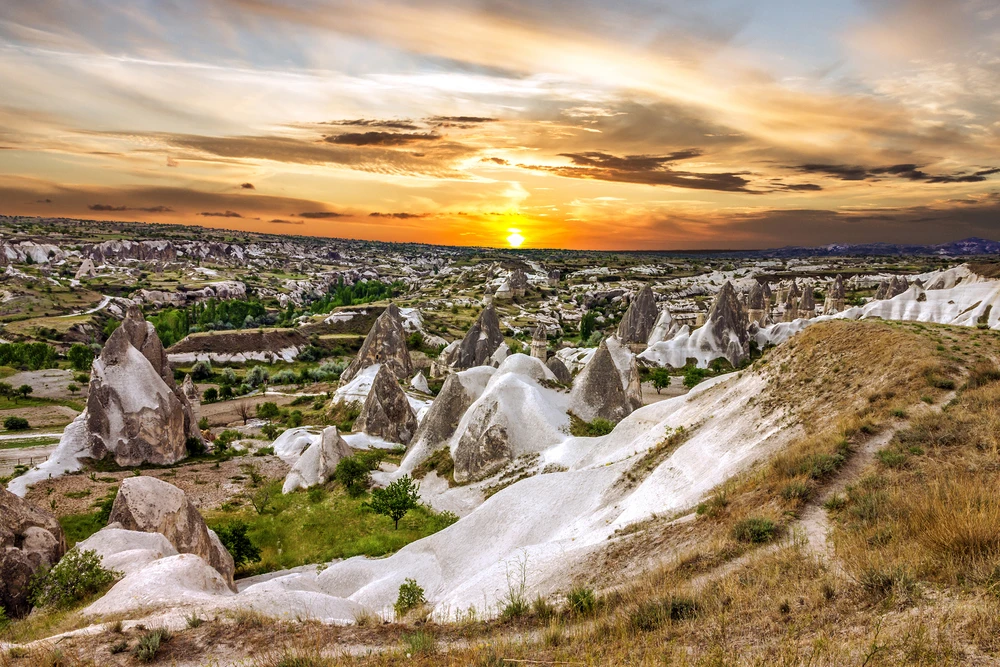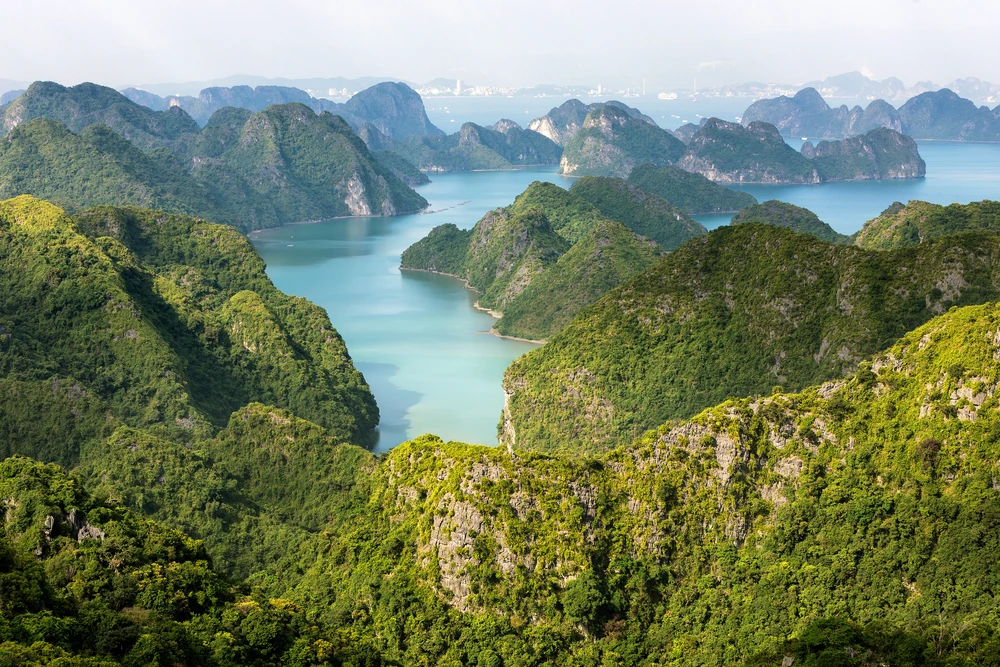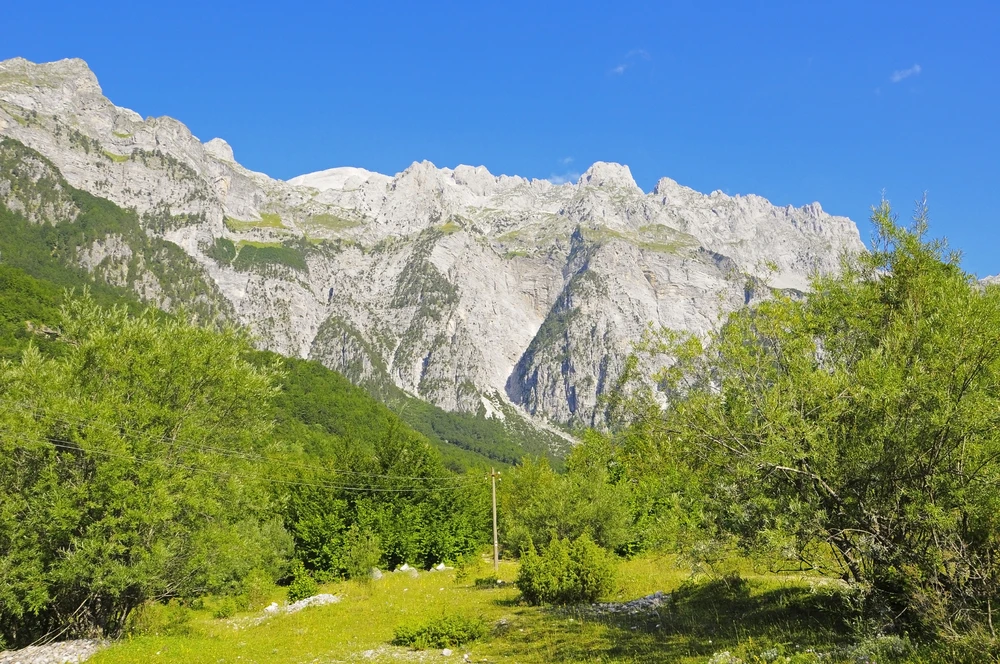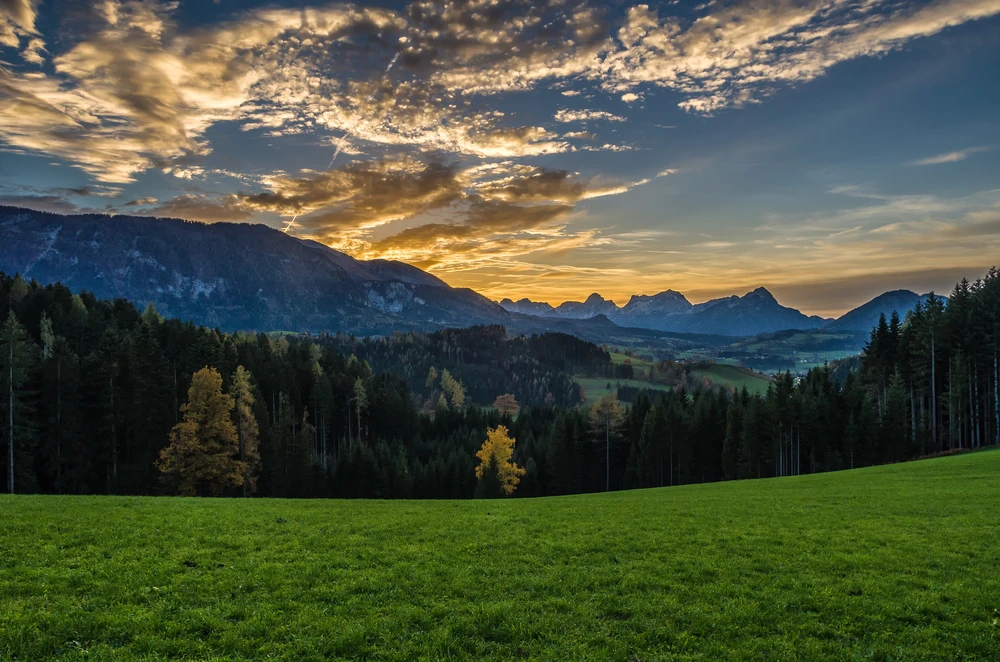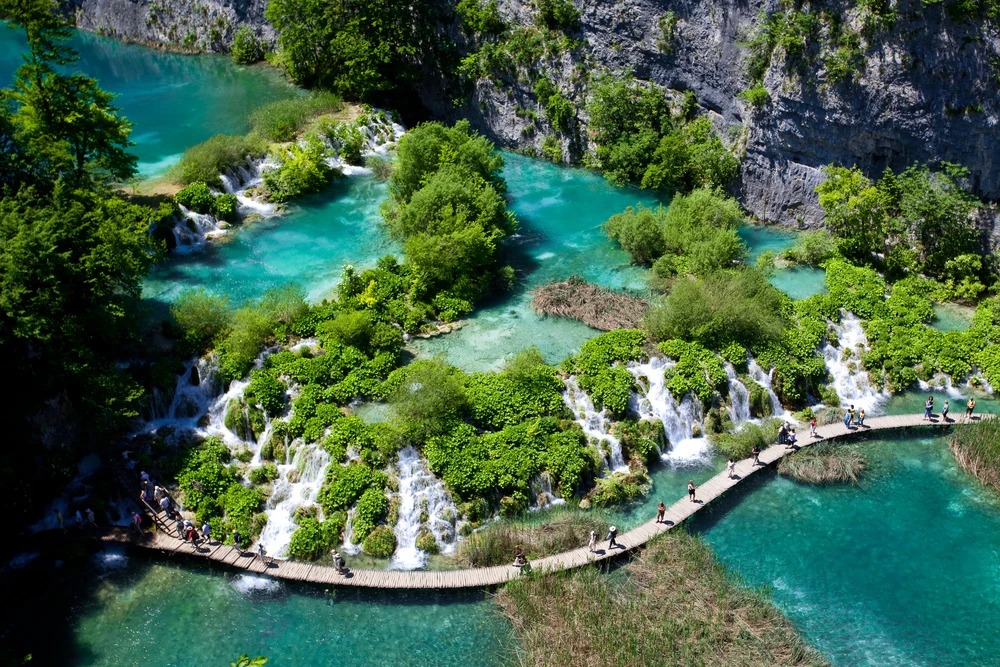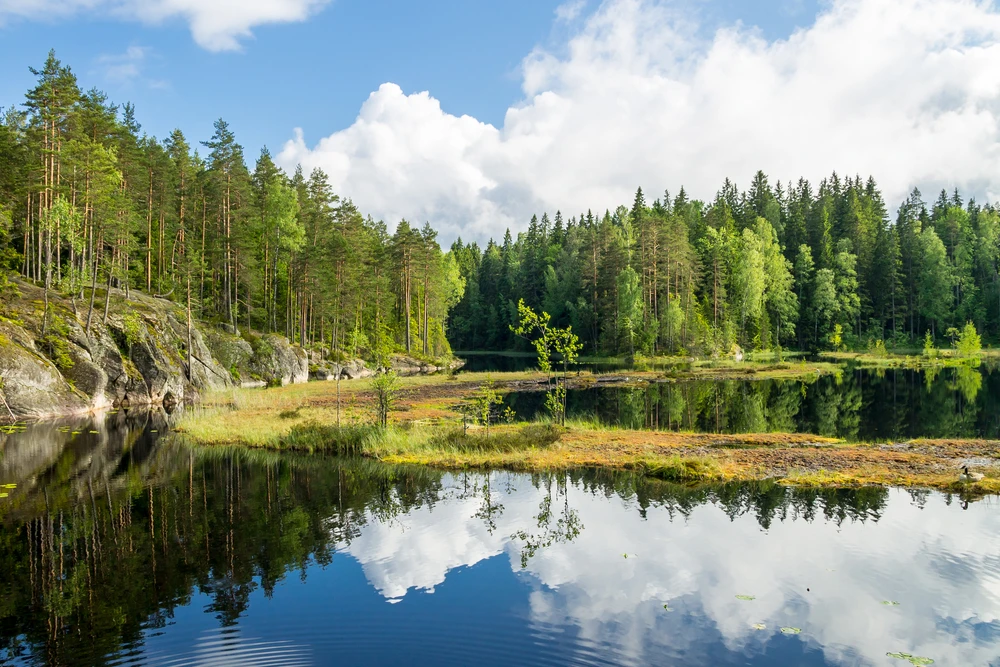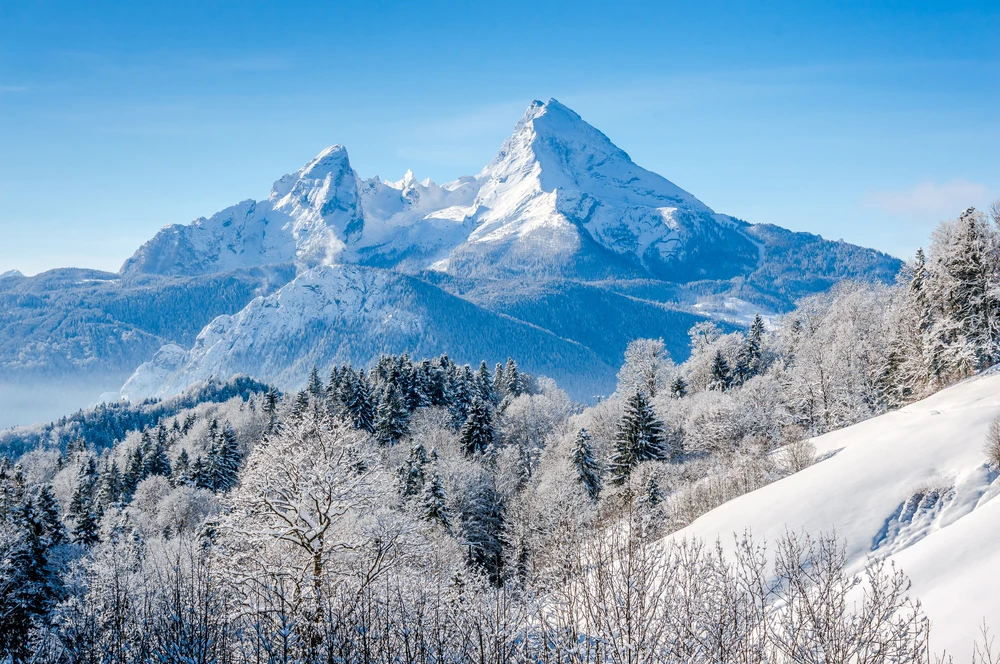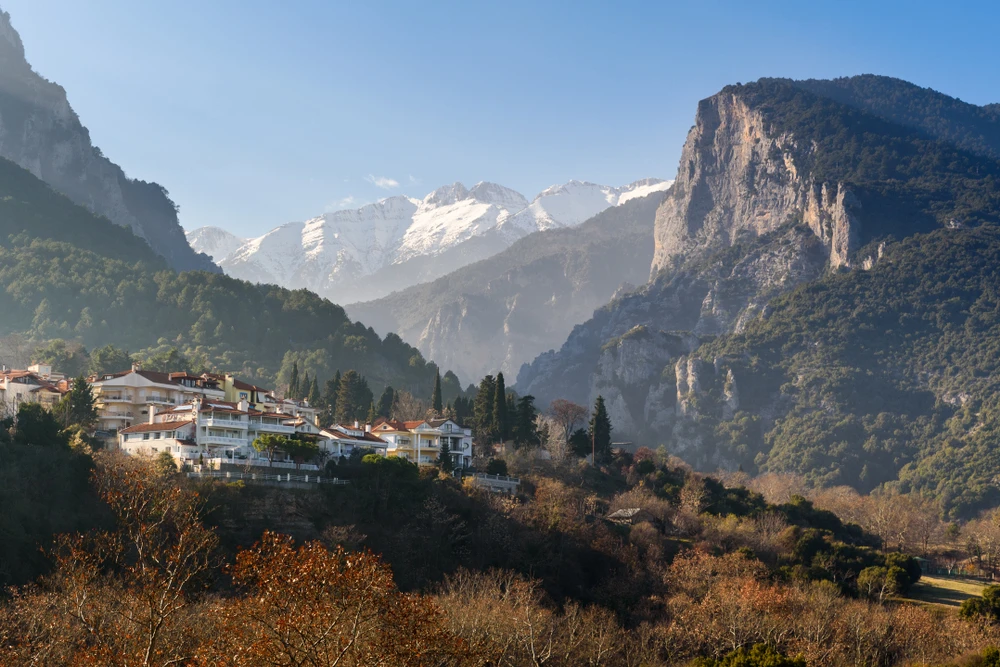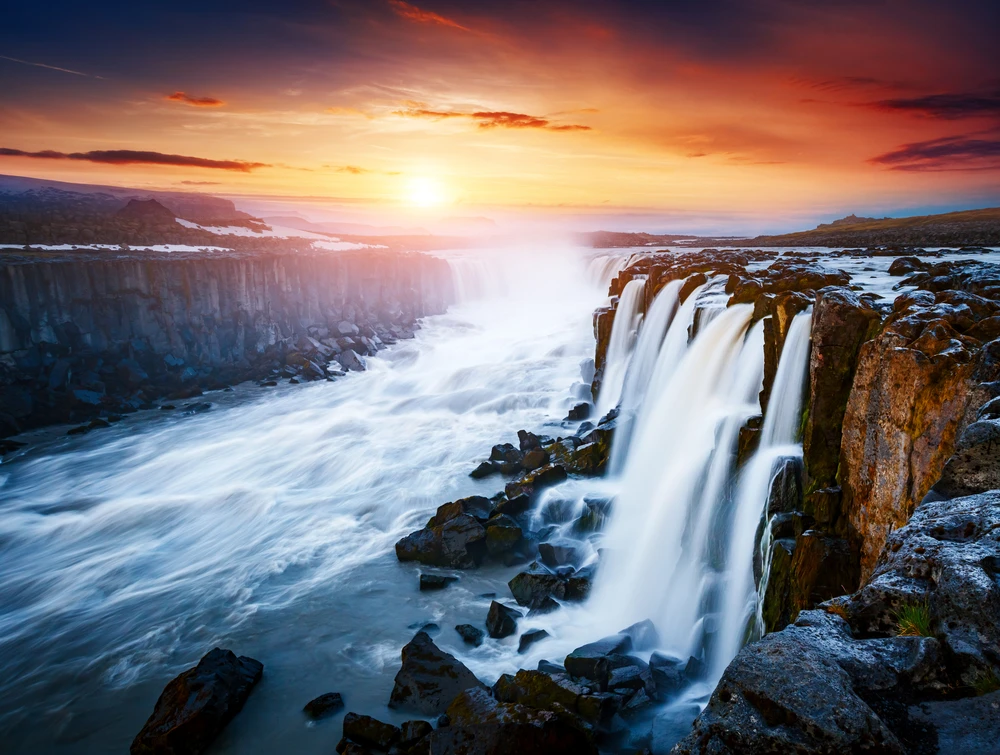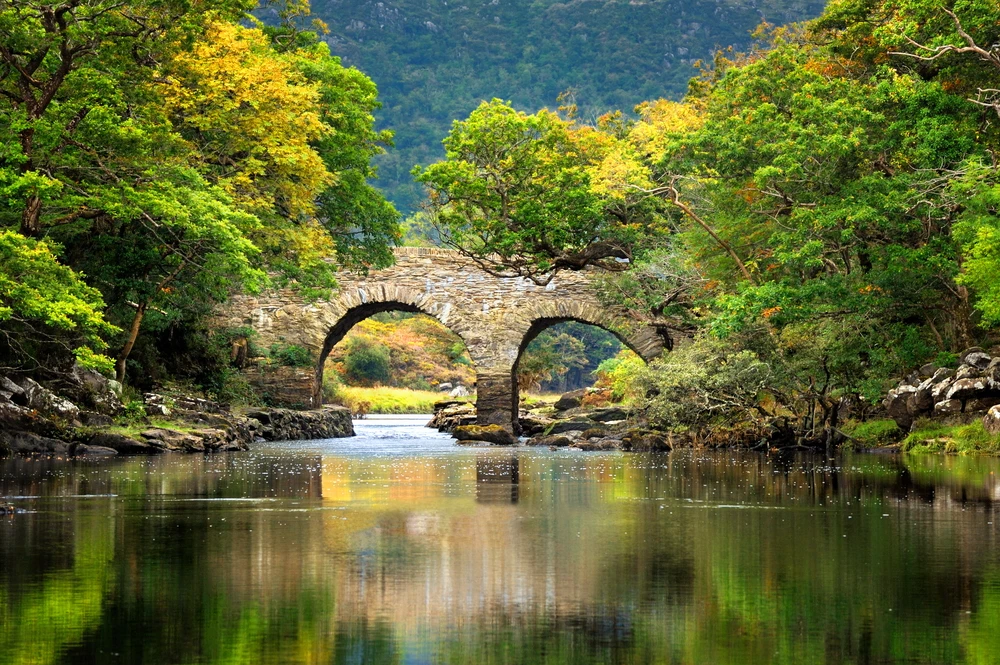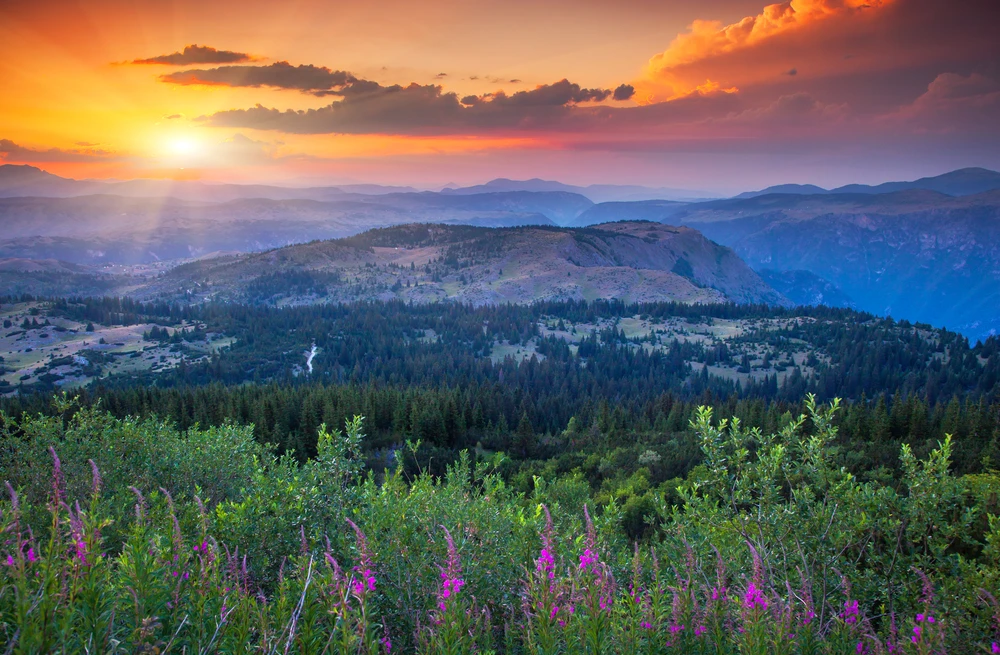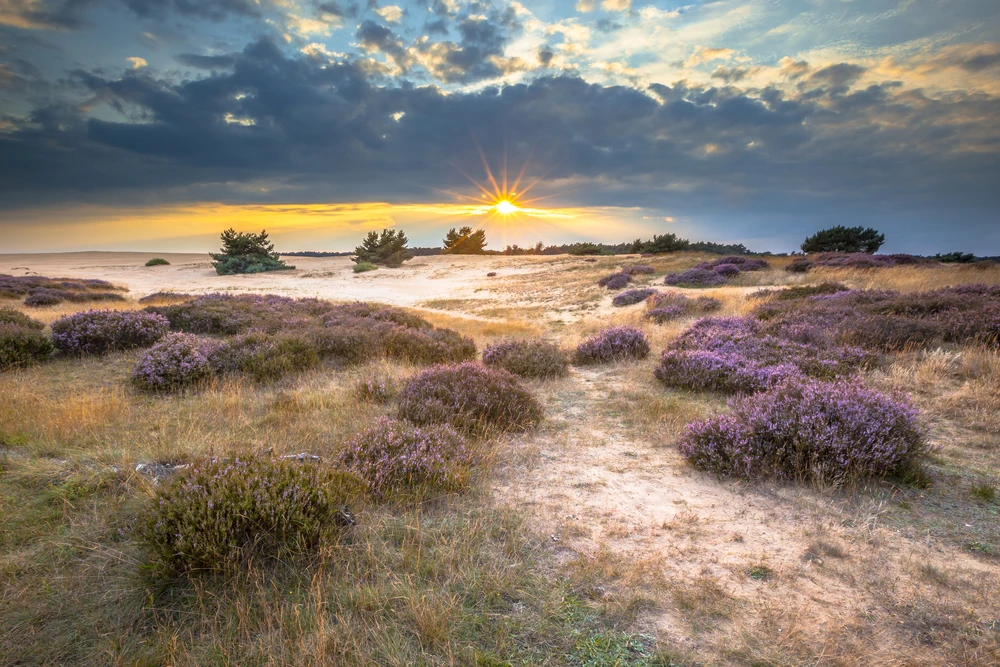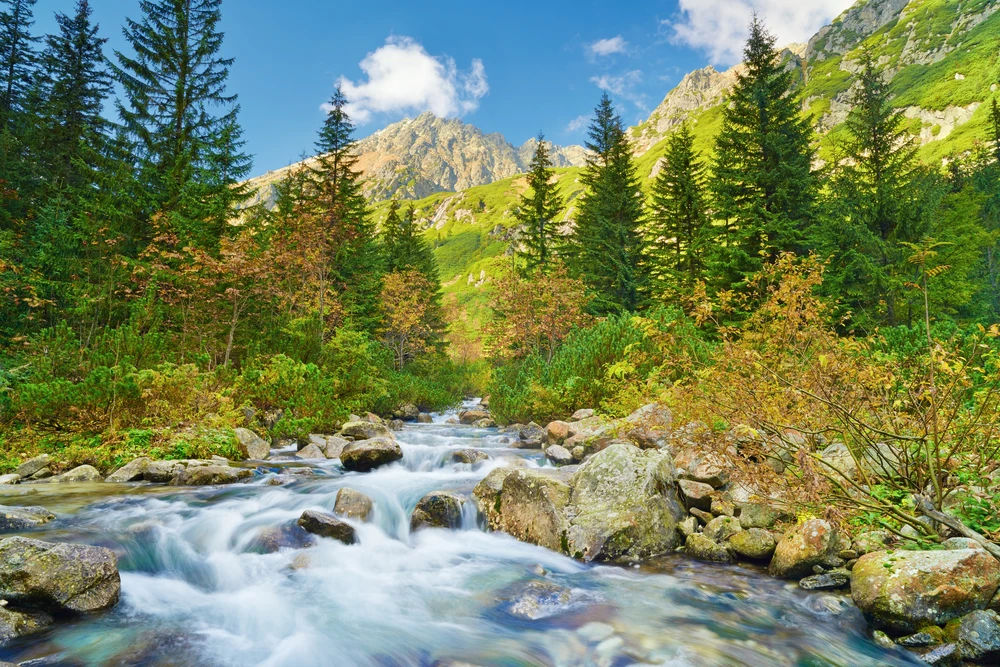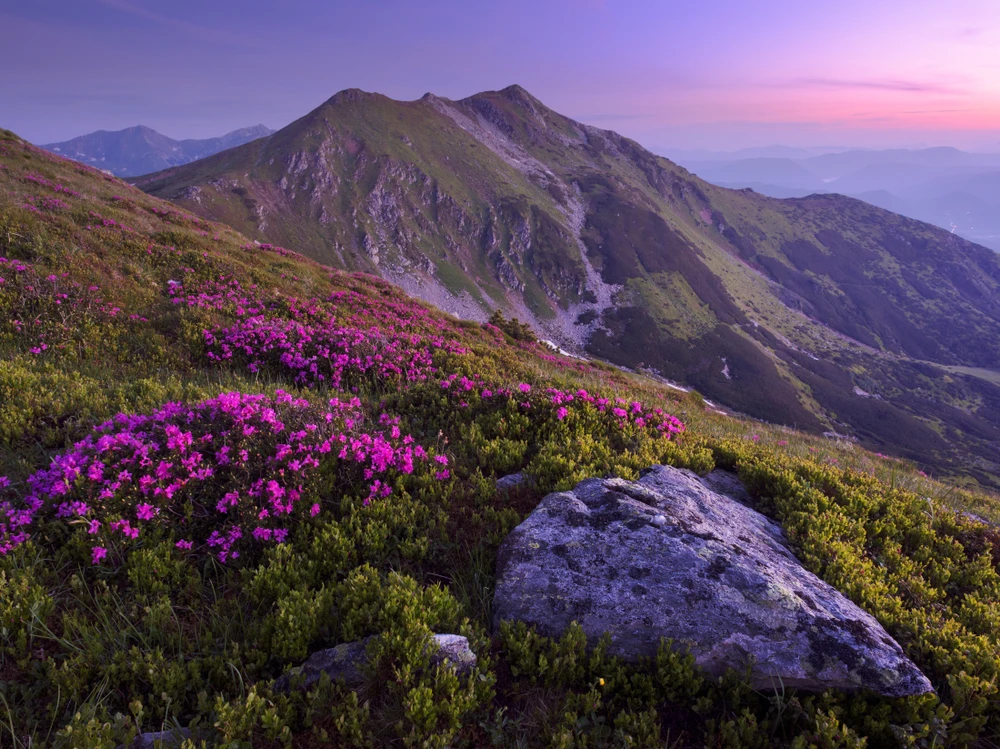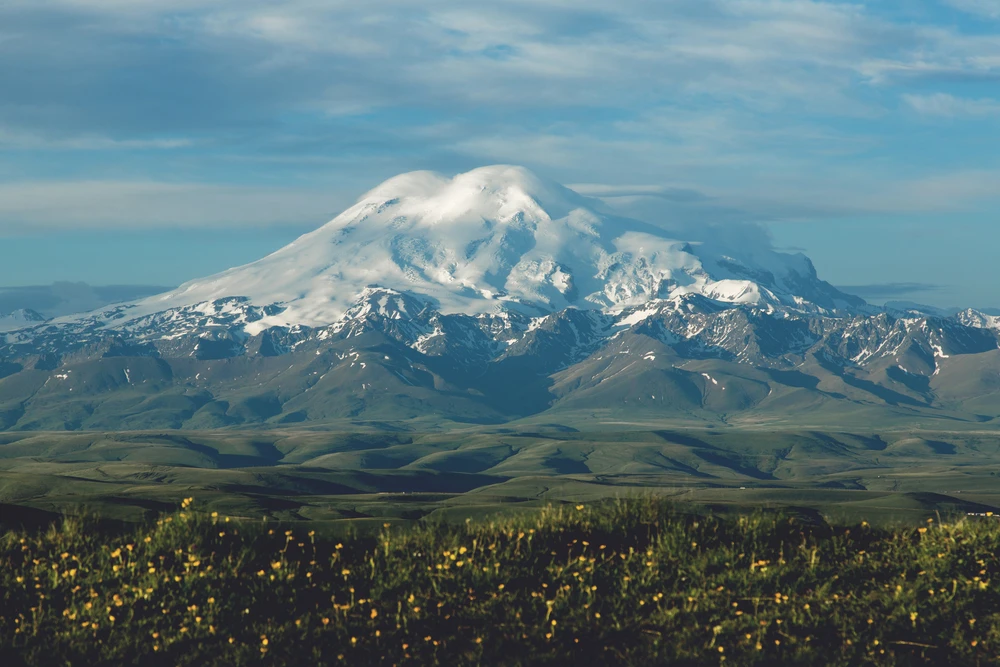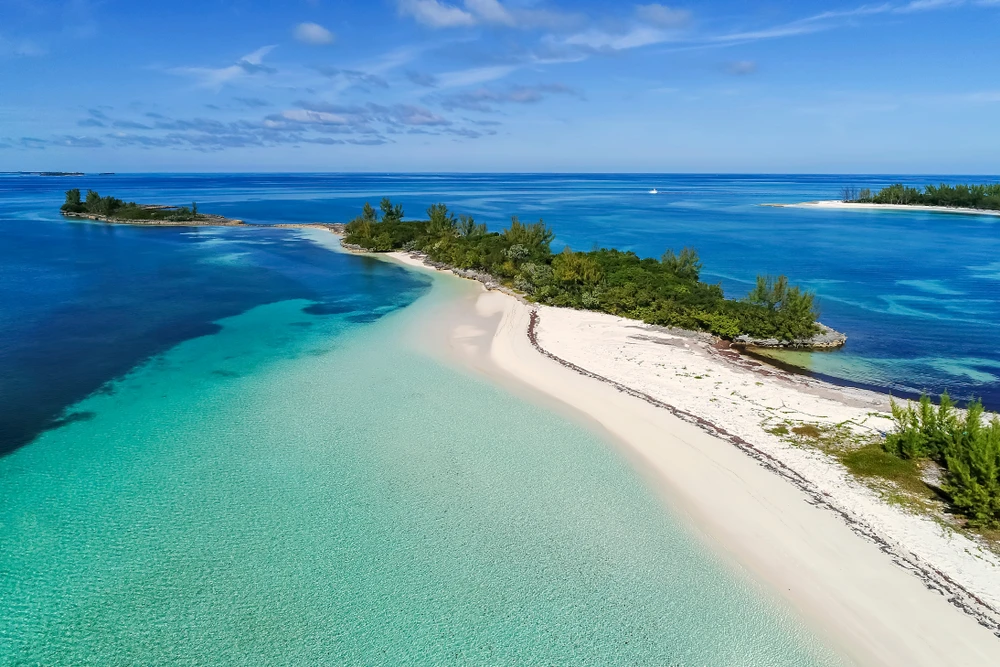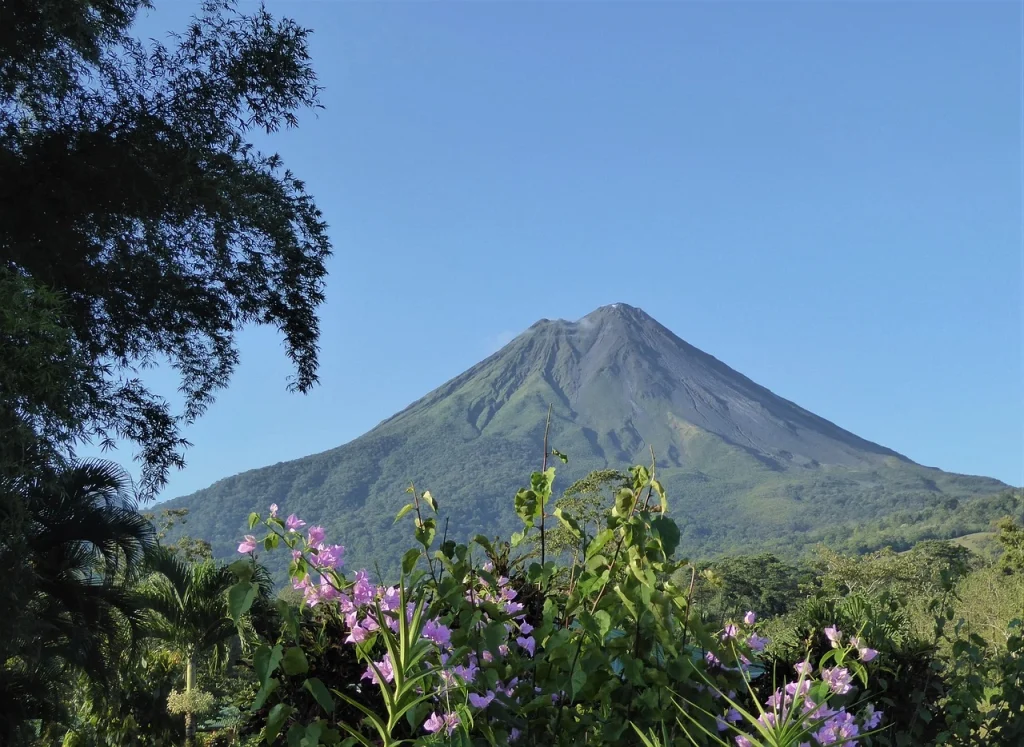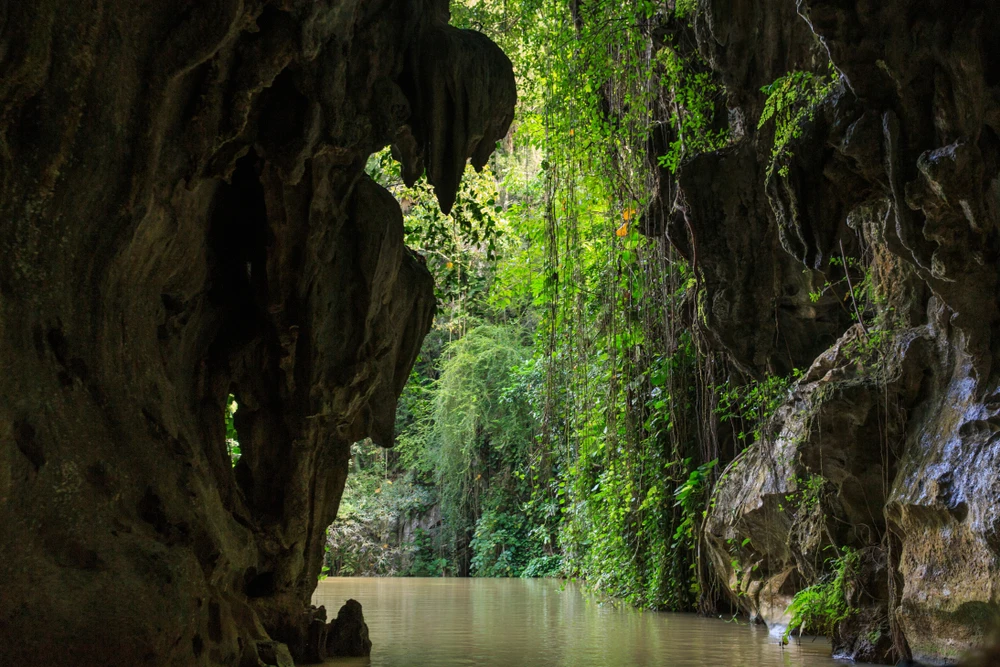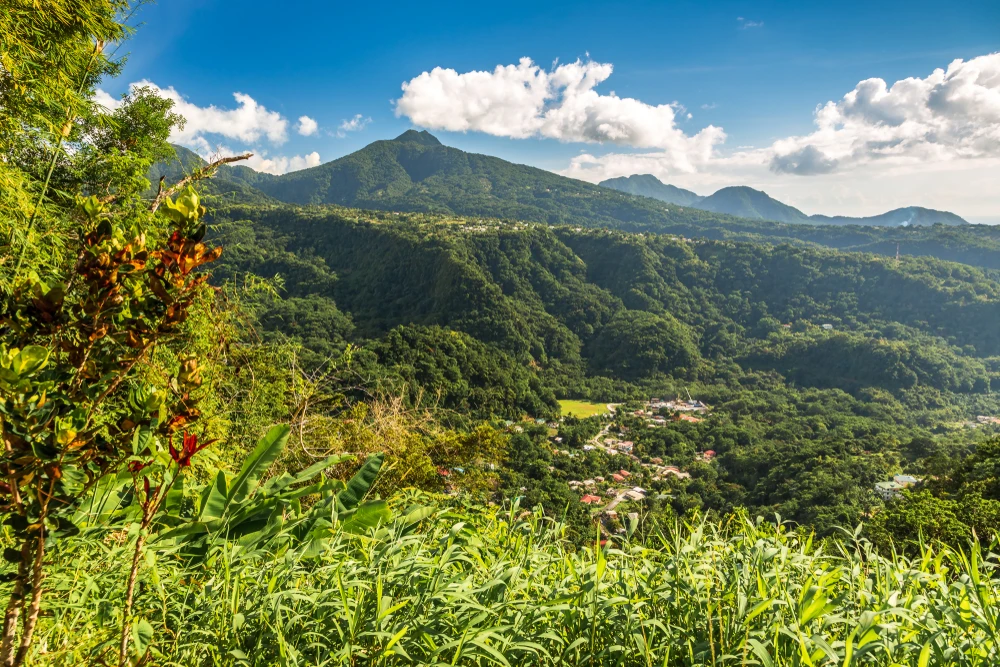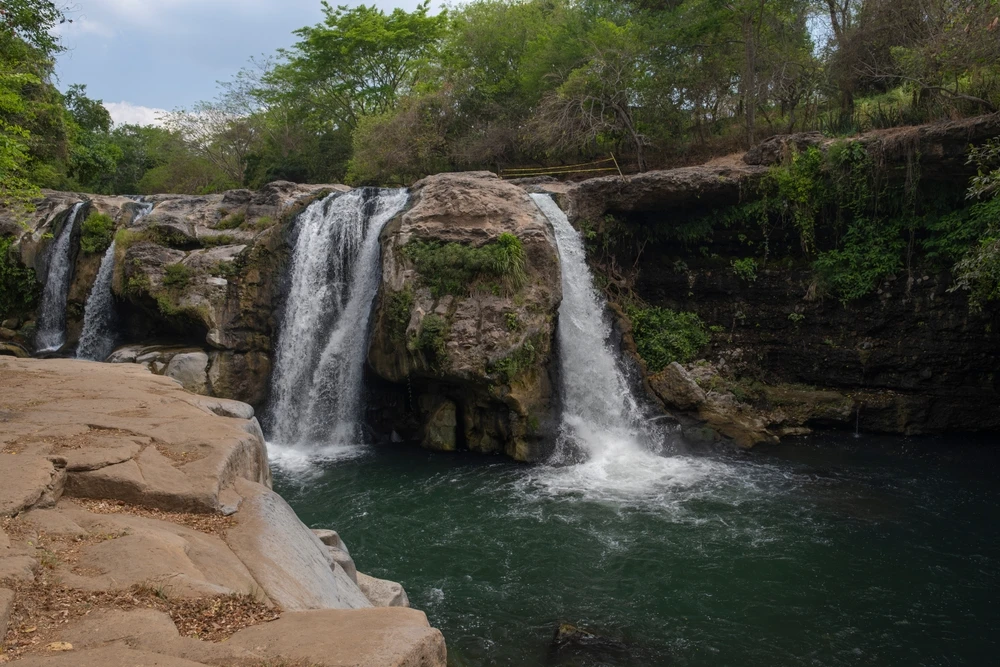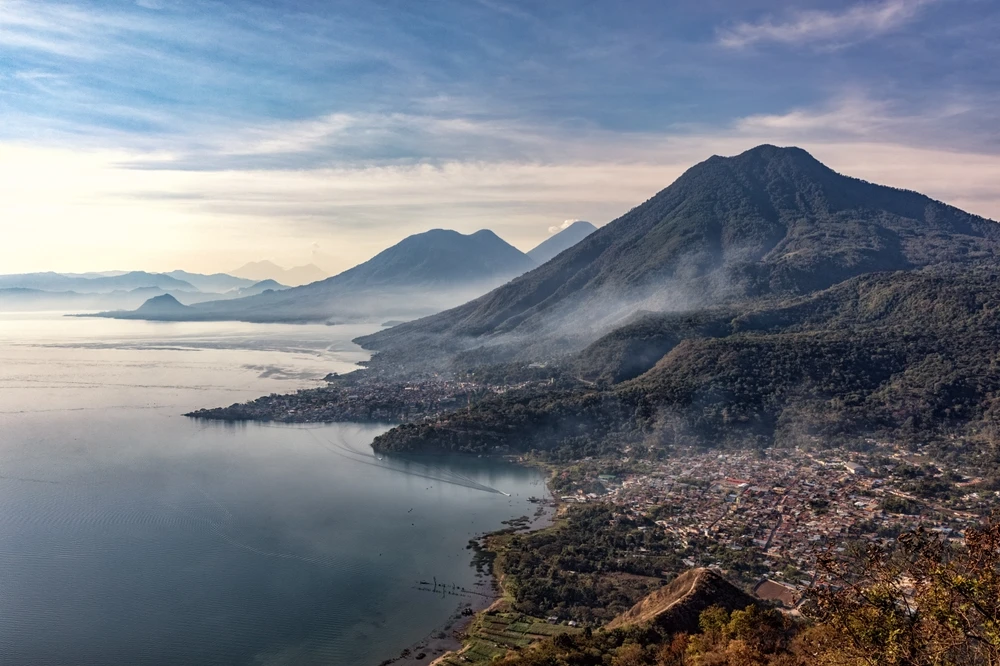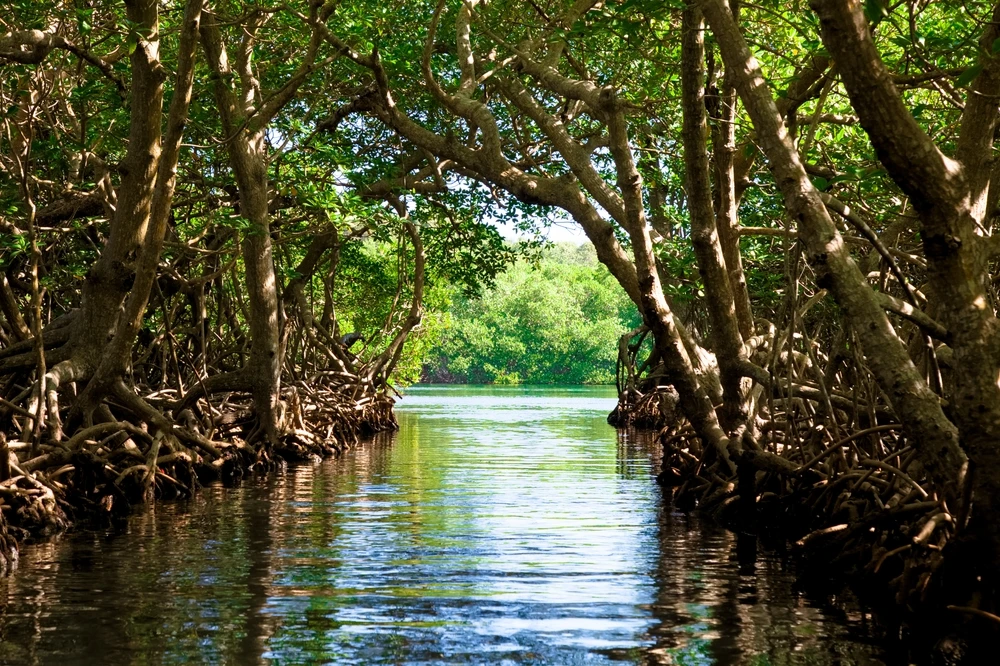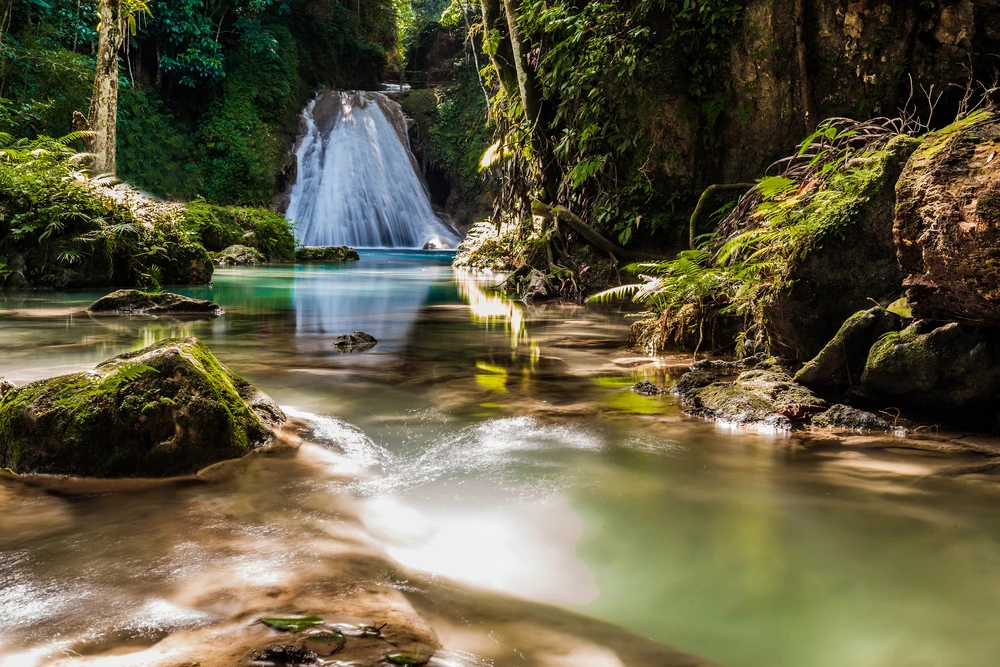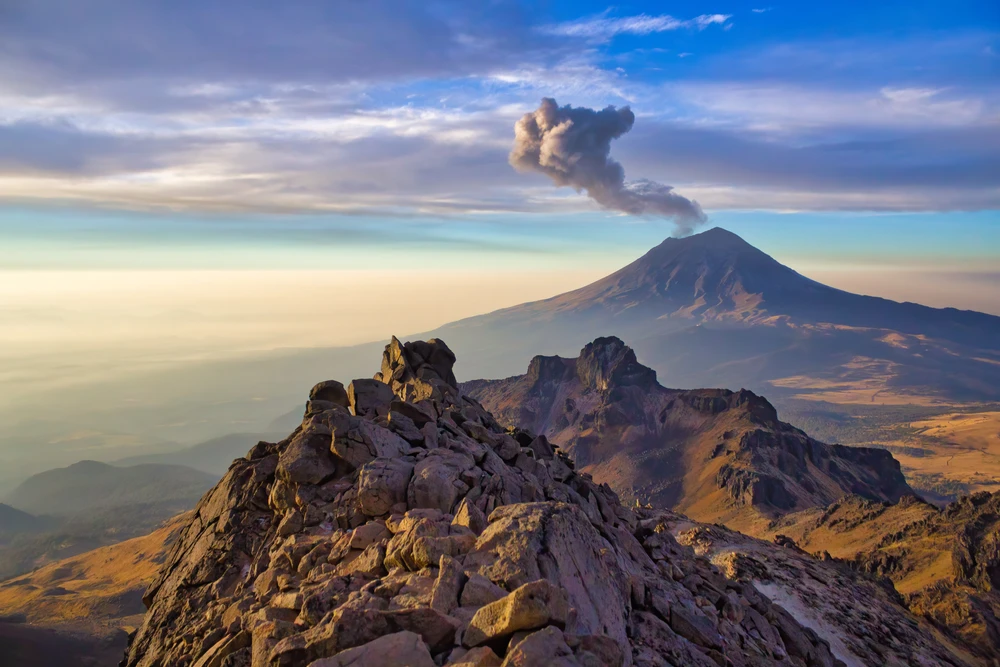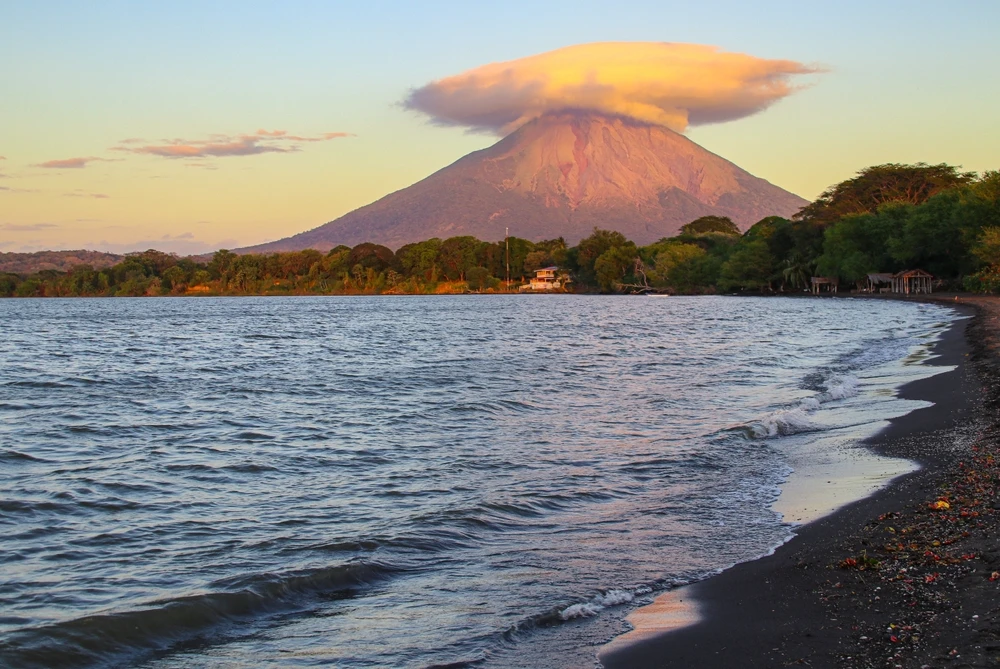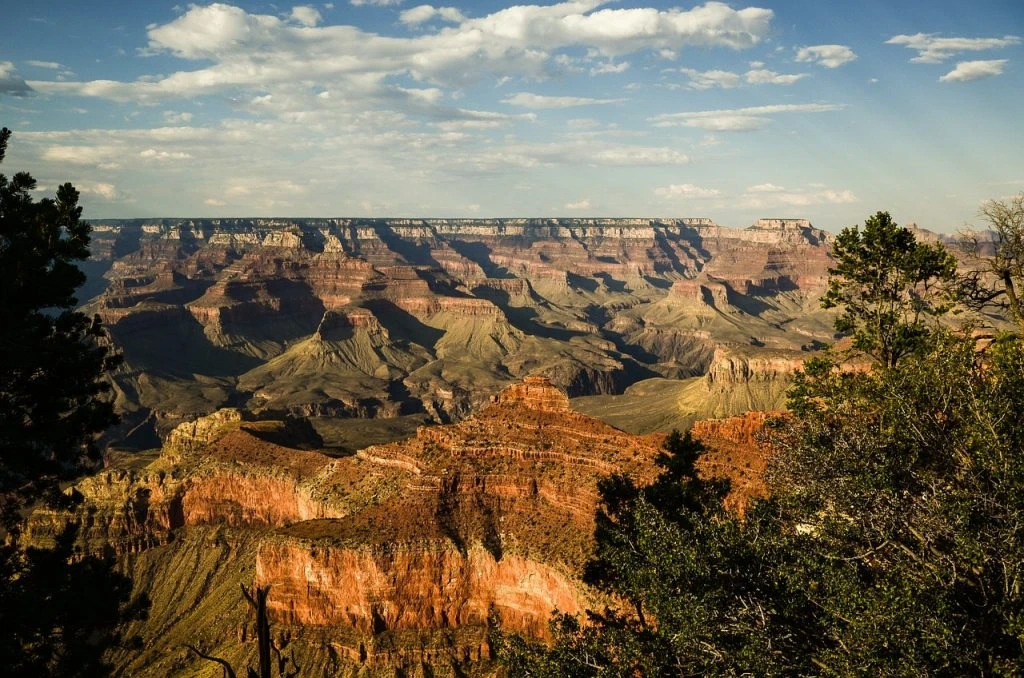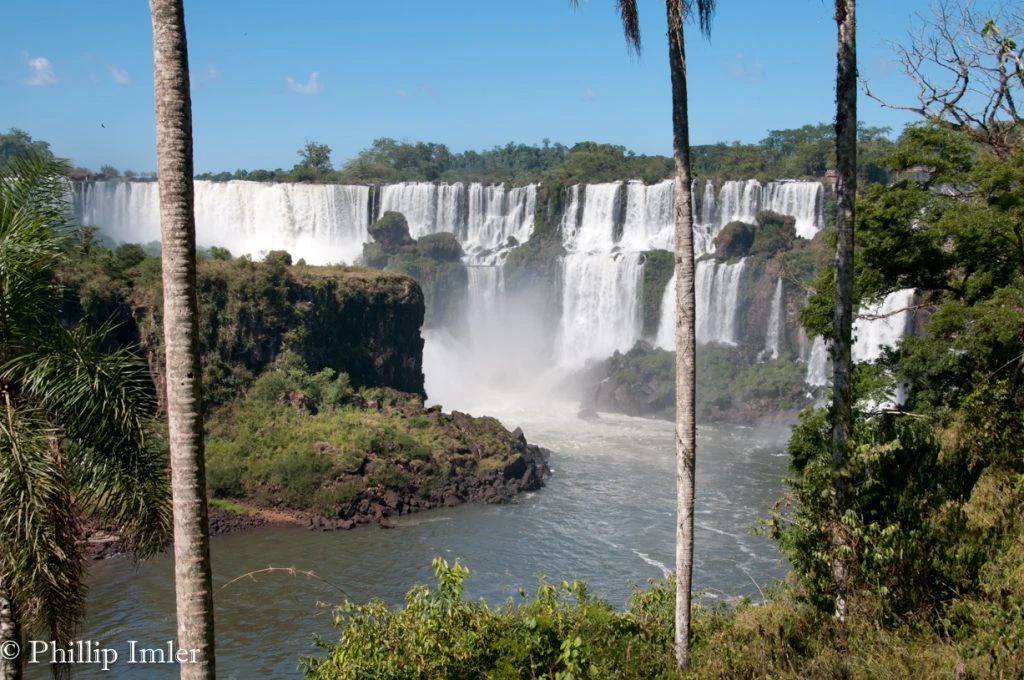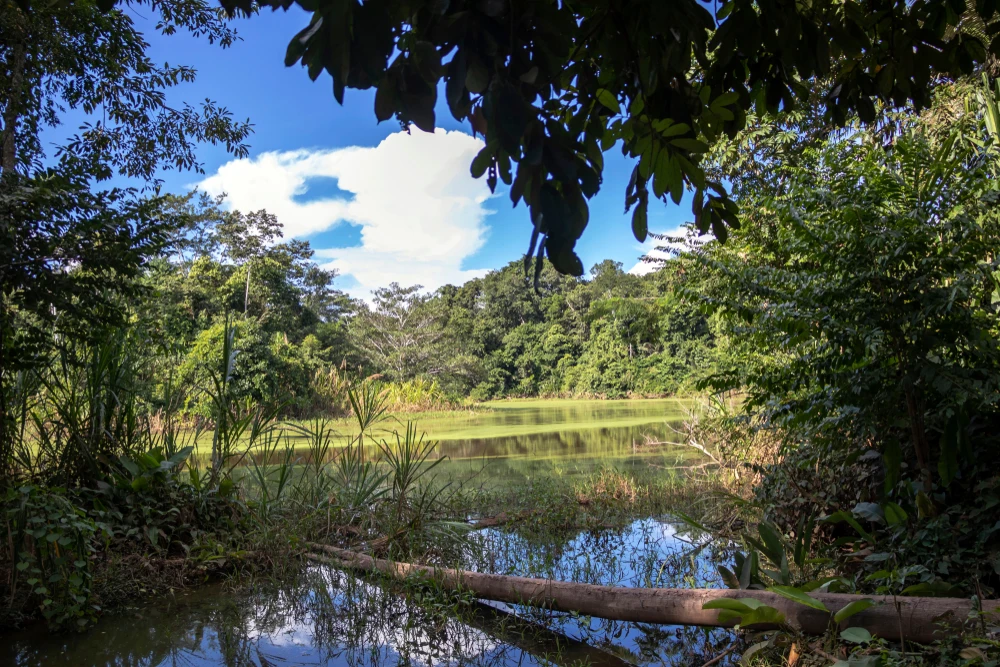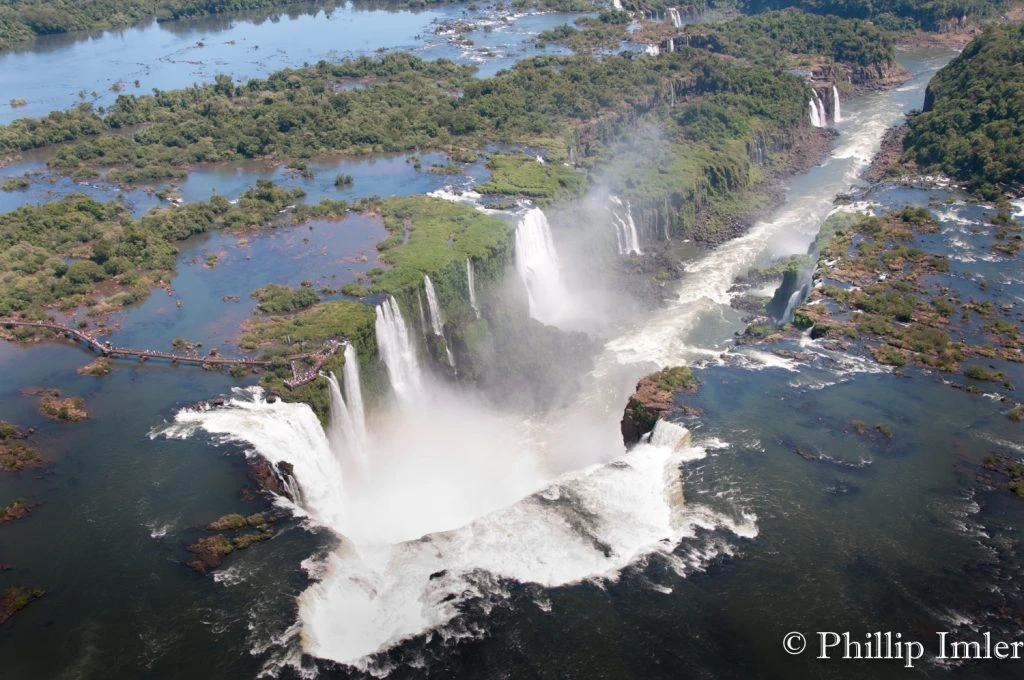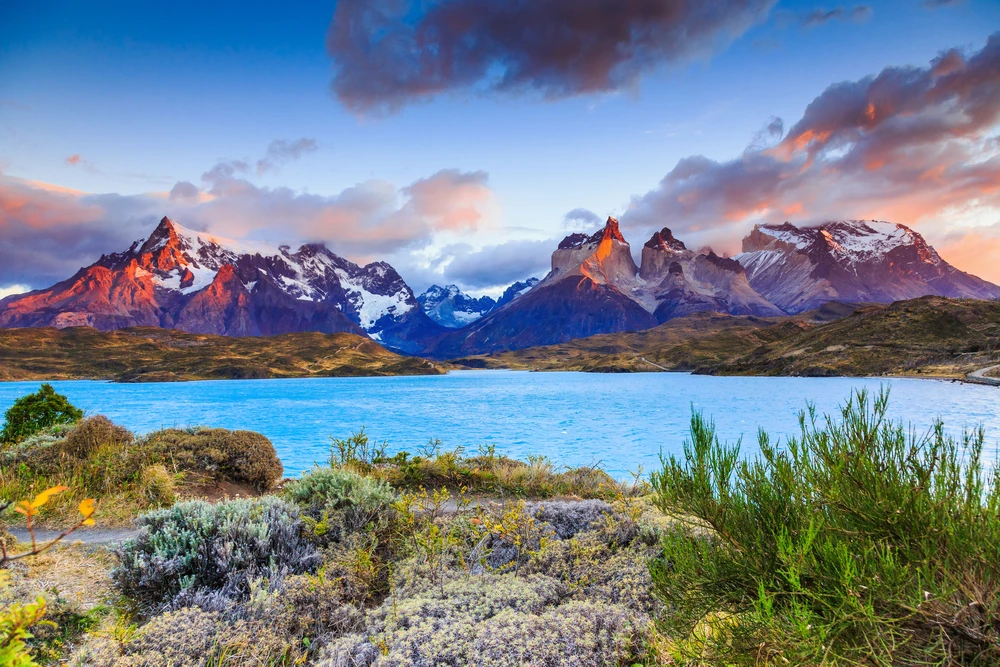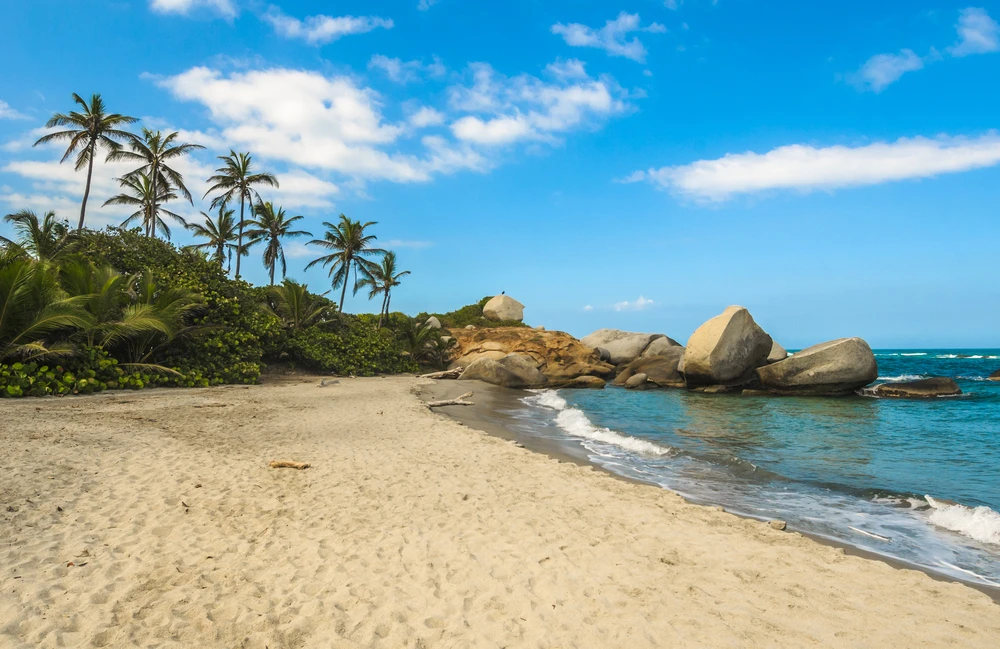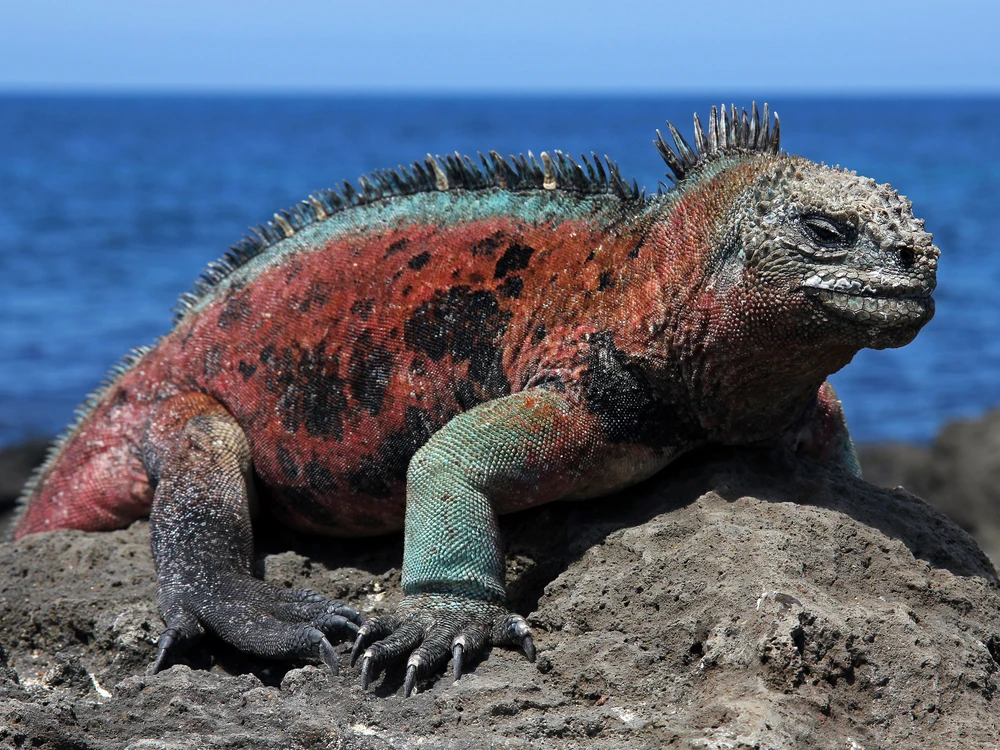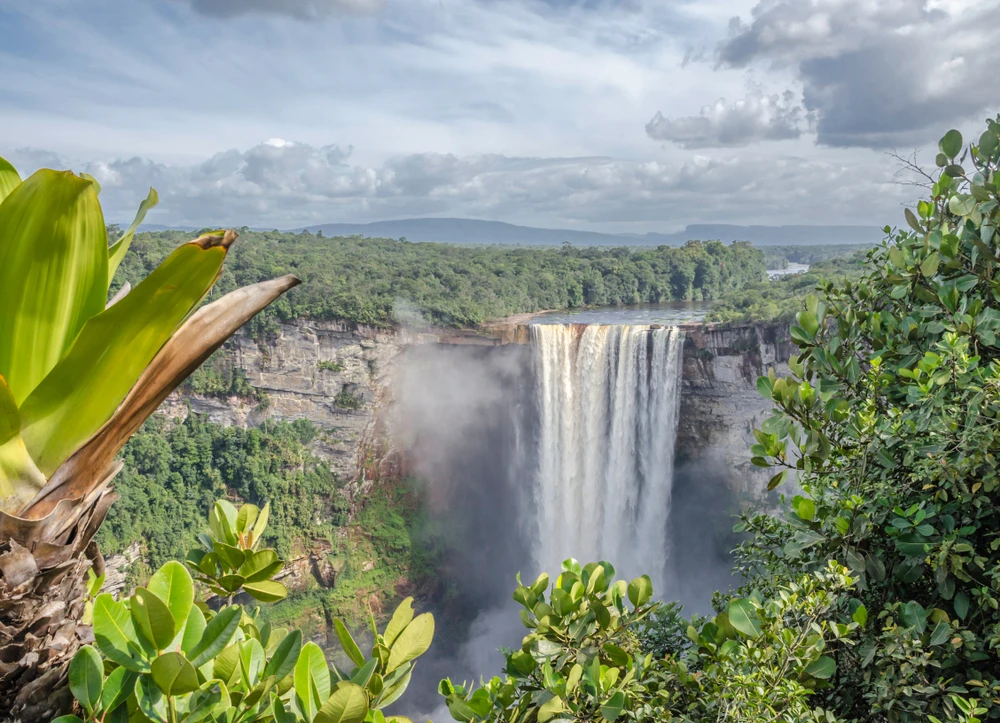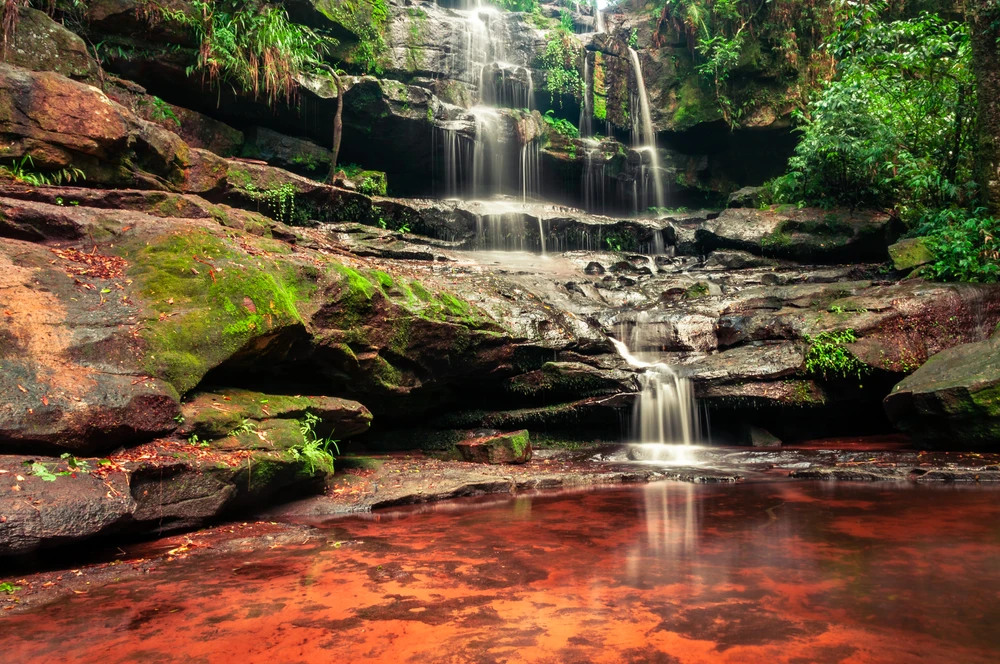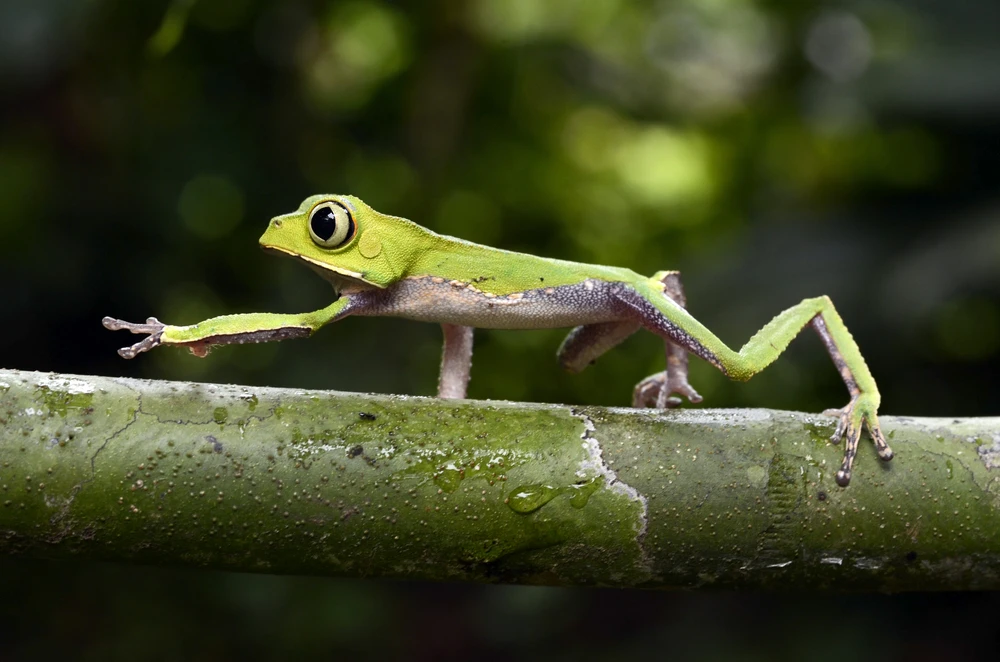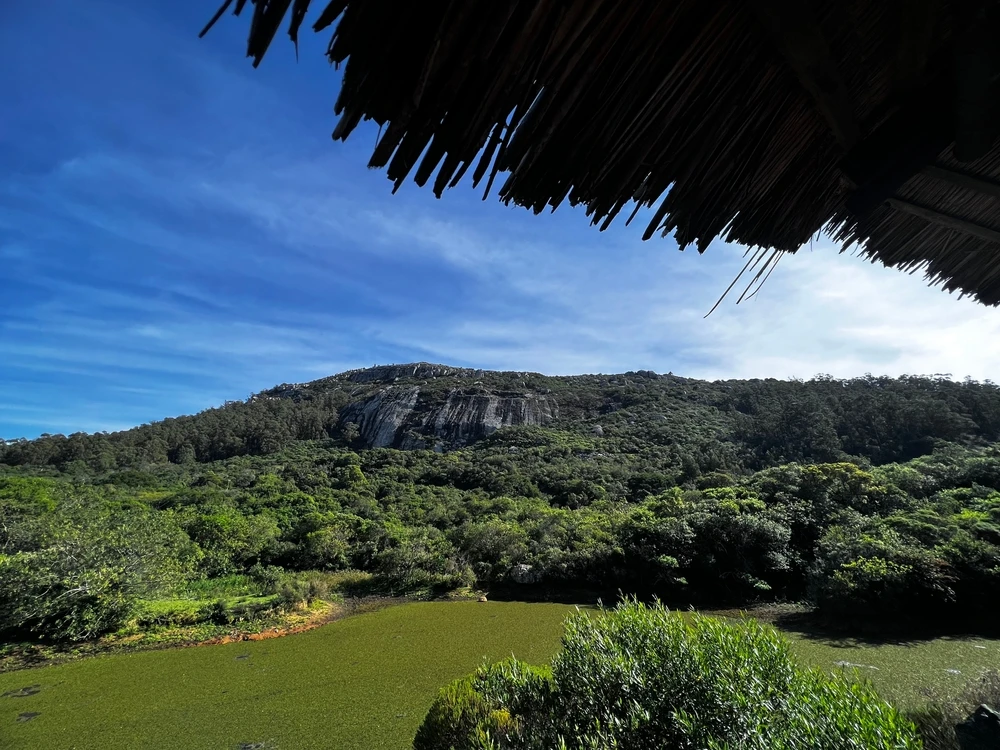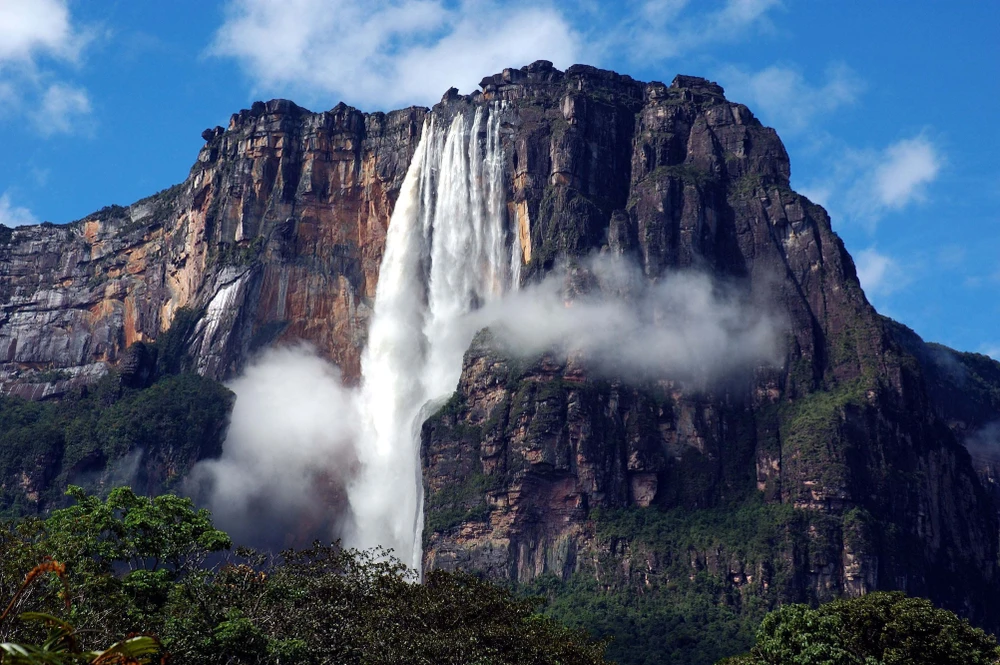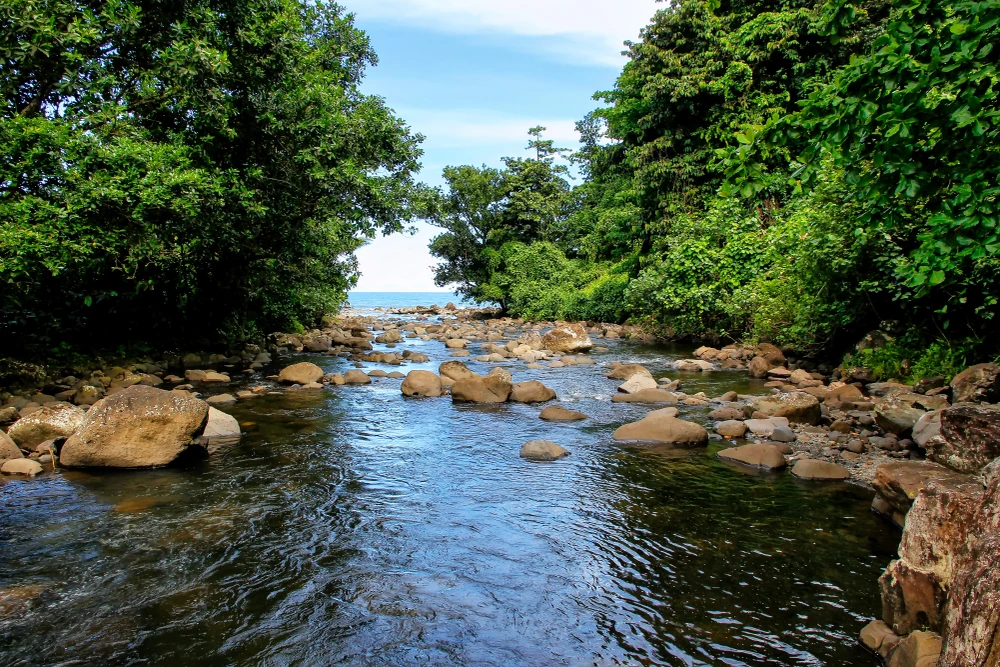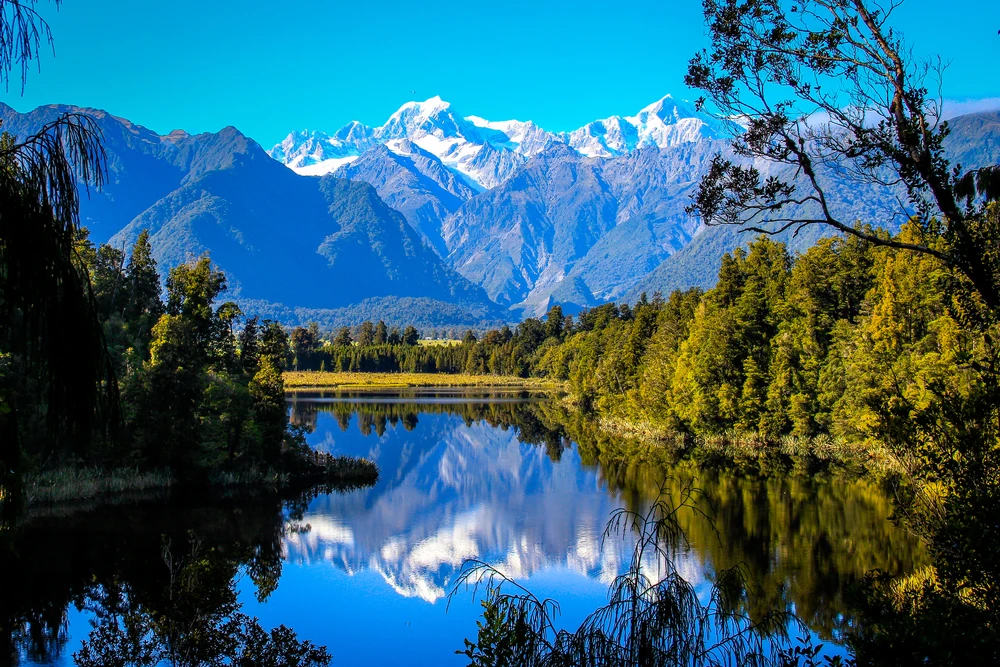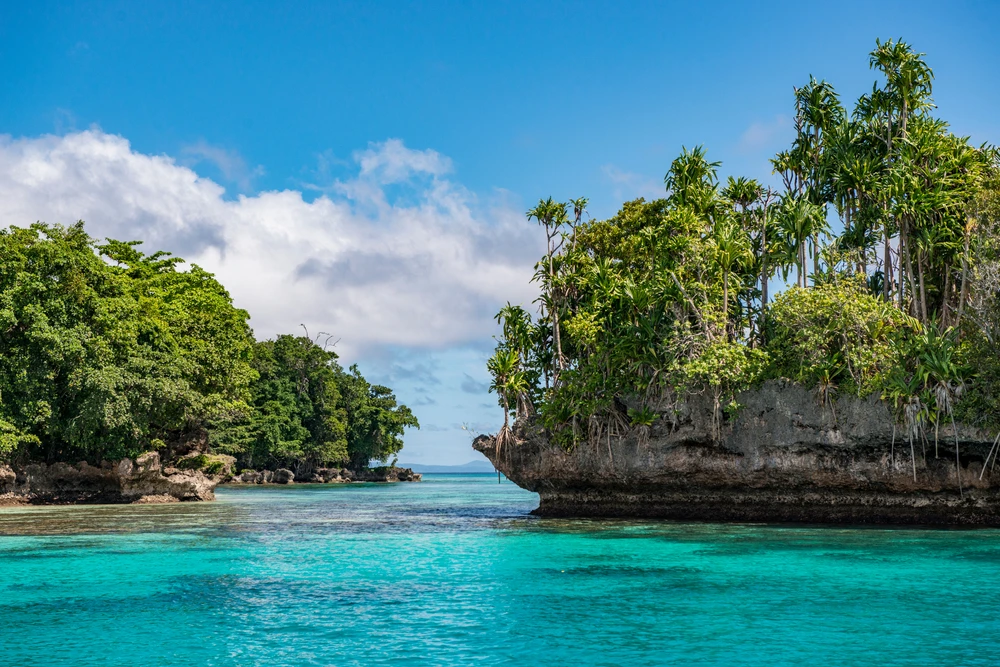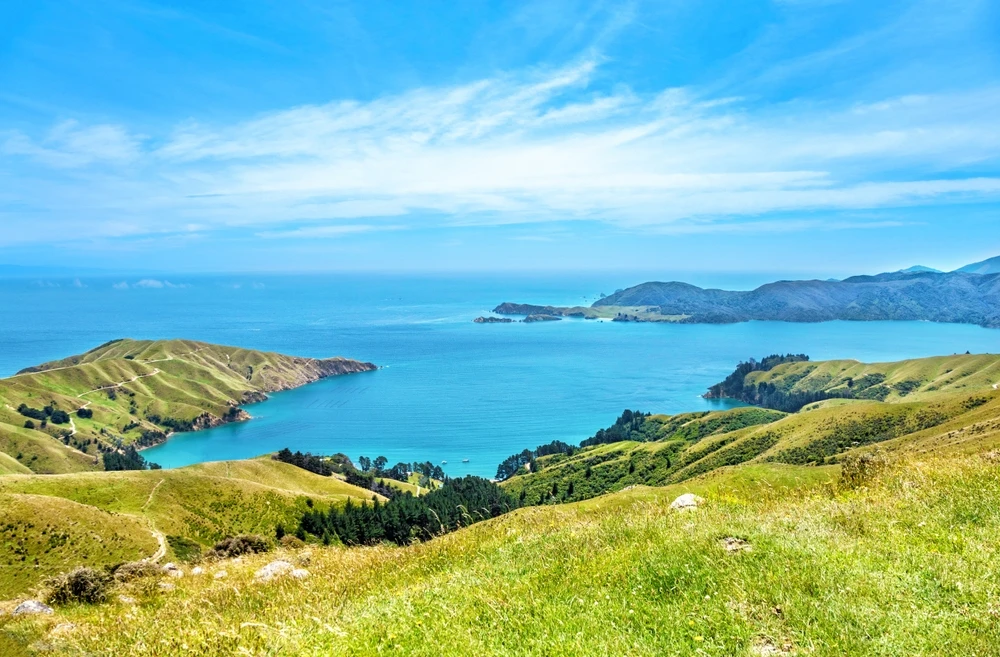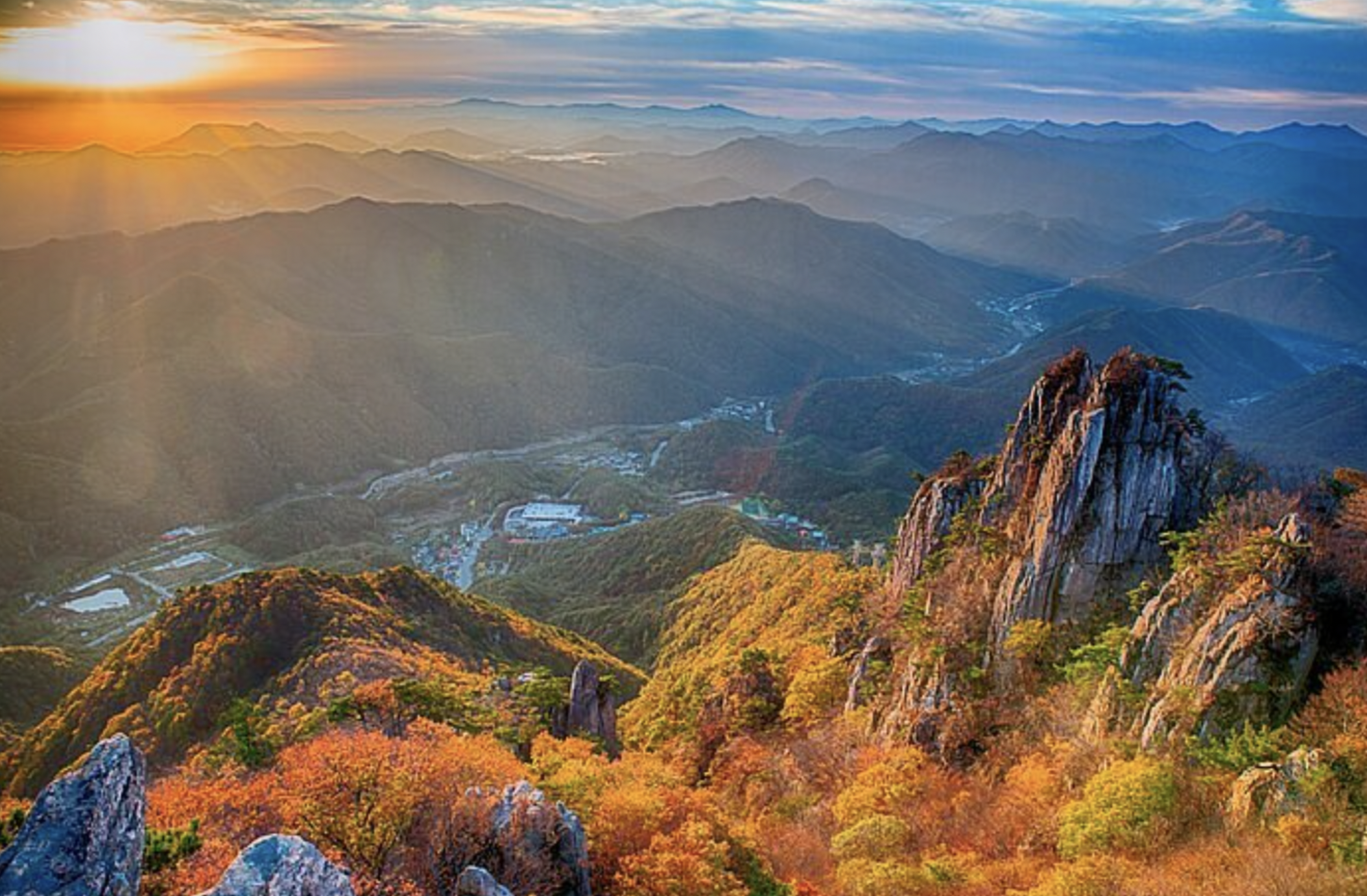Palgongsan Overview
Palgongsan National Park, known locally as 팔공산 (Palgongsan), is a scenic and culturally significant park located in South Korea, near the city of Daegu. Covering an area of approximately 12.5 square miles (32.4 square kilometers), the park is centered around Palgongsan Mountain, which rises to an elevation of 3,894 feet (1,187 meters). The name “Palgongsan” translates to “Mountain of Eight Peaks,” referencing its rugged and dramatic terrain, which includes a series of striking granite ridges and forested valleys. This mountainous region serves as a natural escape, blending spiritual heritage with breathtaking landscapes.
The terrain of Palgongsan National Park is varied, with steep rocky slopes giving way to verdant forests of pine, oak, and maple trees. These trees create a vibrant display of color during autumn, drawing visitors to experience the seasonal transformation. The park is dotted with significant geological features, such as Gatbawi Rock, a revered granite Buddha statue known for its distinctive flat hat. Waterfalls cascade through hidden valleys, including the tranquil Donghwasa Falls, providing serene spots for reflection and relaxation. Trails meander along ridges and through dense woods, offering panoramic views of the surrounding countryside.
Wildlife in Palgongsan National Park is diverse, with a mix of mammals and bird species that thrive in this natural haven. Visitors may encounter Korean water deer, wild boars, or even small mammals such as raccoon dogs. Birdwatchers will delight in spotting species like the varied tit, Japanese white-eye, and greater spotted woodpecker. The park’s flora and fauna are carefully managed to preserve its ecological balance, creating a habitat that supports native wildlife.
The park is renowned for its cultural and spiritual landmarks, with a history deeply rooted in Korean Buddhism. Donghwasa Temple, a prominent feature of the park, dates back over a thousand years and remains a center for worship and meditation. Its massive stone Buddha and intricate temple architecture make it a must-see destination. Another highlight is the iconic Gatbawi Rock, where pilgrims gather to pray for their wishes to be granted. Additionally, the park hosts numerous annual festivals celebrating traditional Korean culture and natural beauty.
Visitors can engage with Palgongsan National Park through various activities, including hiking, photography, and temple tours. The park boasts well-maintained trails suited for all skill levels, from casual walkers to experienced trekkers. Notable routes include the trail to Donghwasa Temple and the challenging ascent to Palgongsan’s summit for sweeping views. Guided tours offer insights into the park’s history and ecological significance, enhancing the visitor experience.
Conservation is a key priority for Palgongsan National Park. Efforts have focused on minimizing the environmental impact of tourism while preserving the park’s biodiversity. Educational programs raise awareness about the importance of protecting natural and cultural heritage, and sustainable tourism initiatives have been implemented to ensure the park remains a pristine sanctuary. The collaboration between local communities and park management has been pivotal in maintaining the ecological integrity of this cherished landscape.


